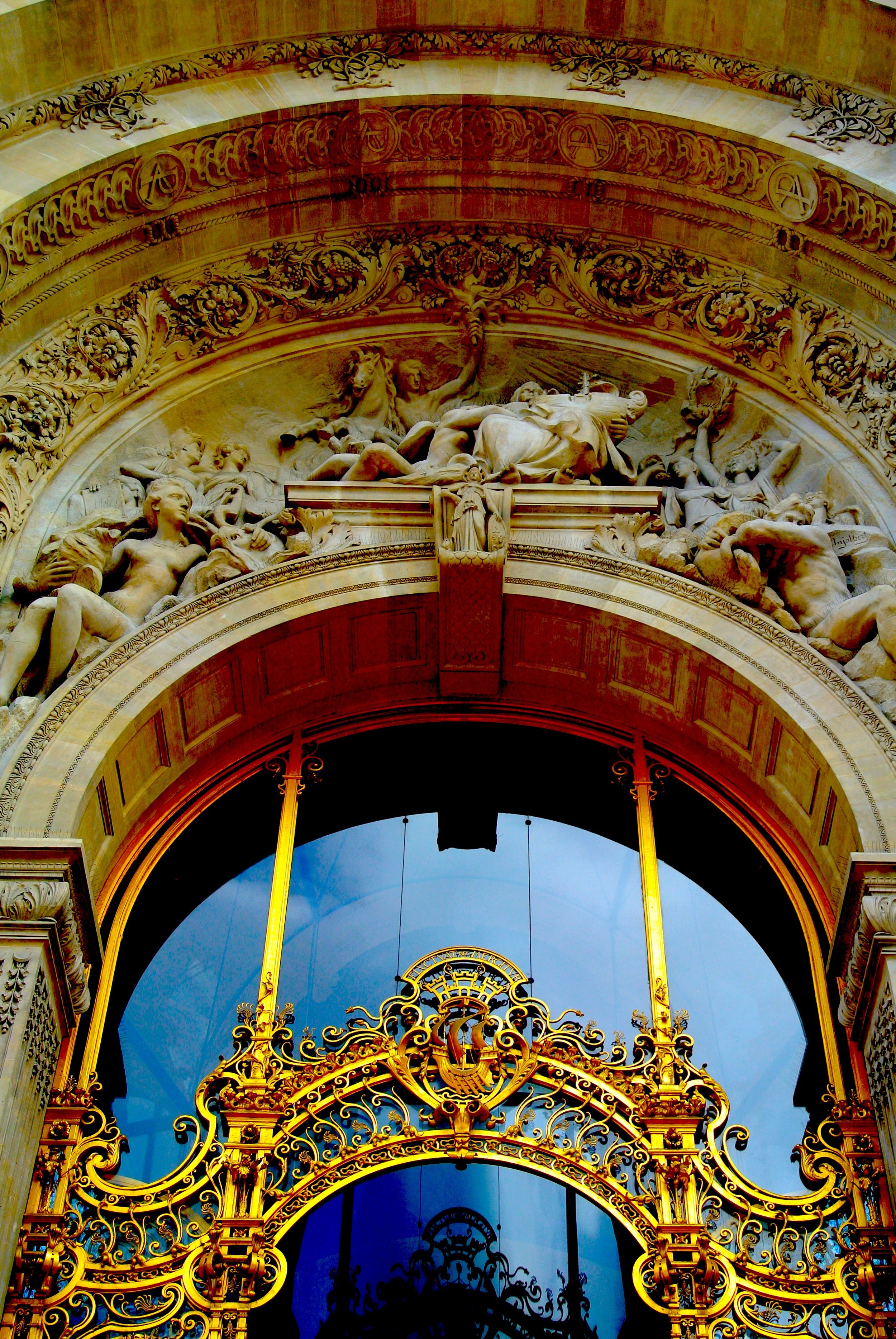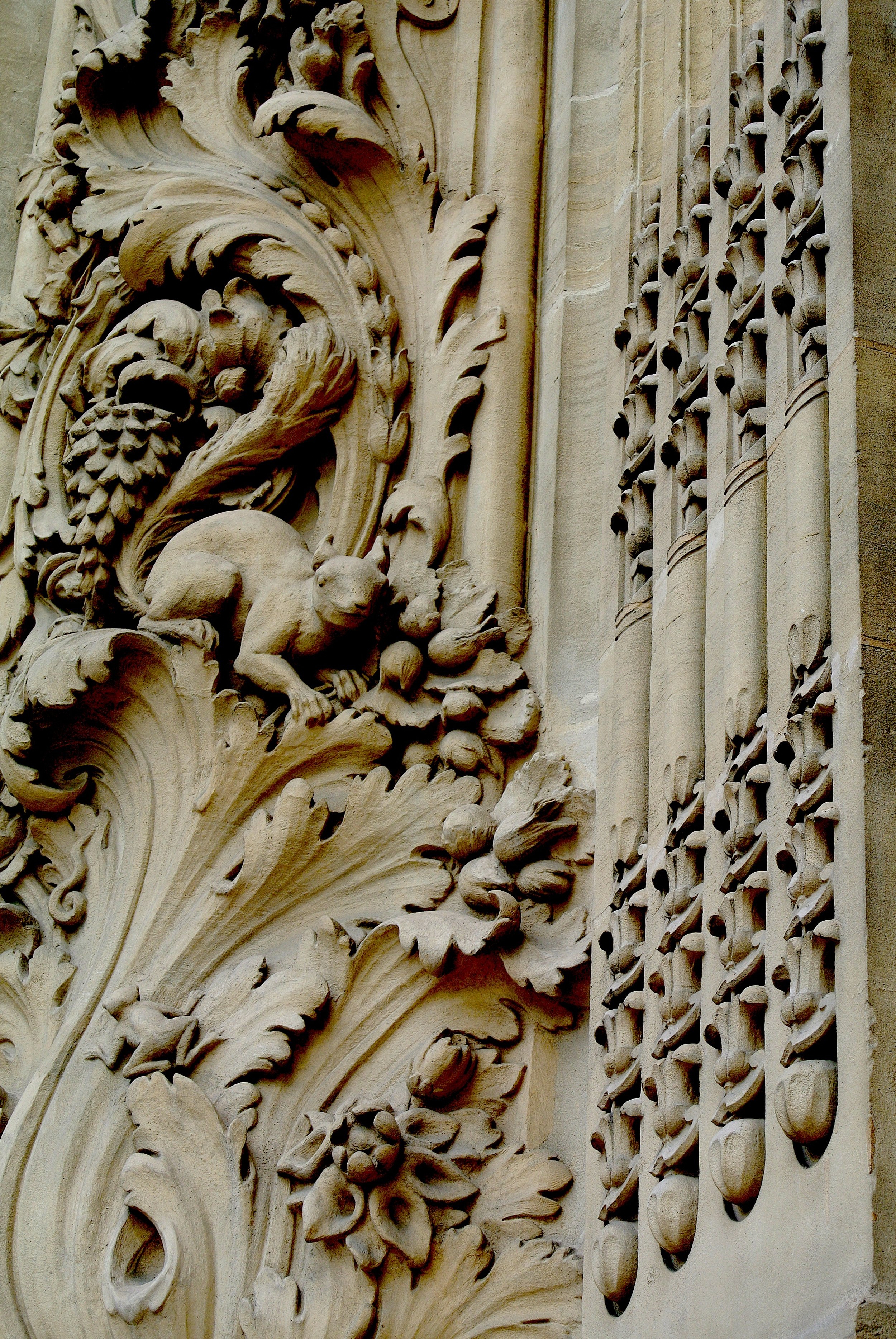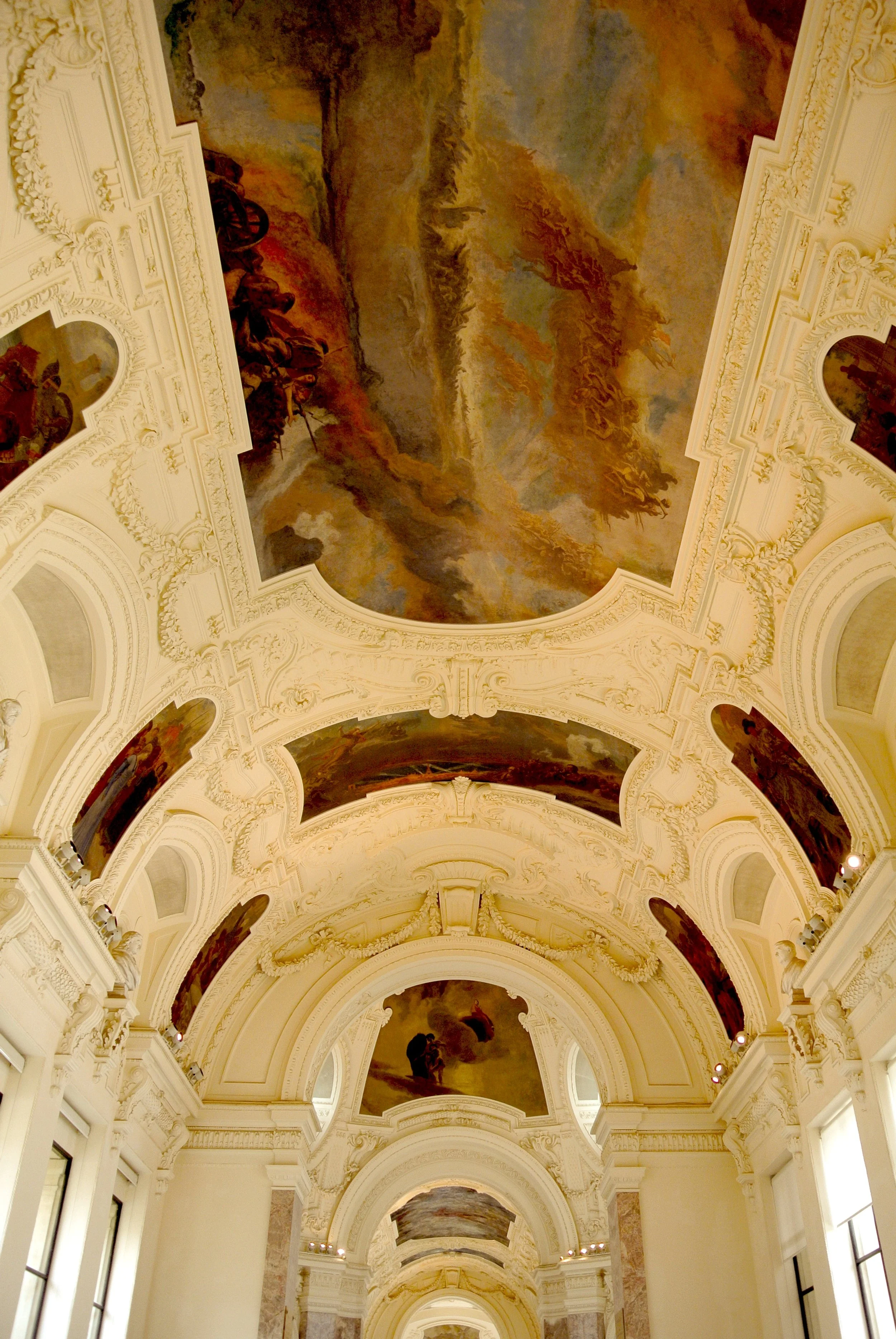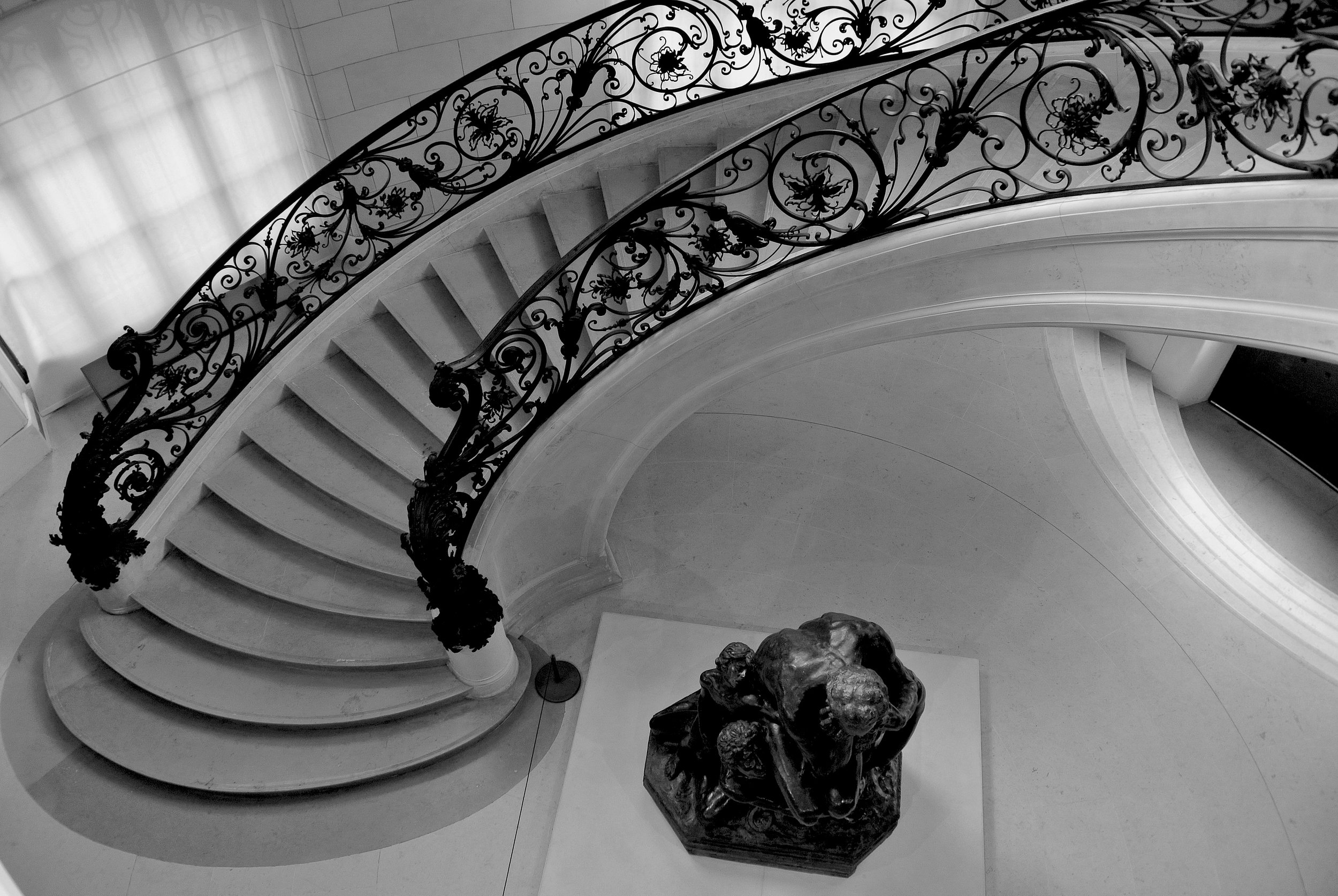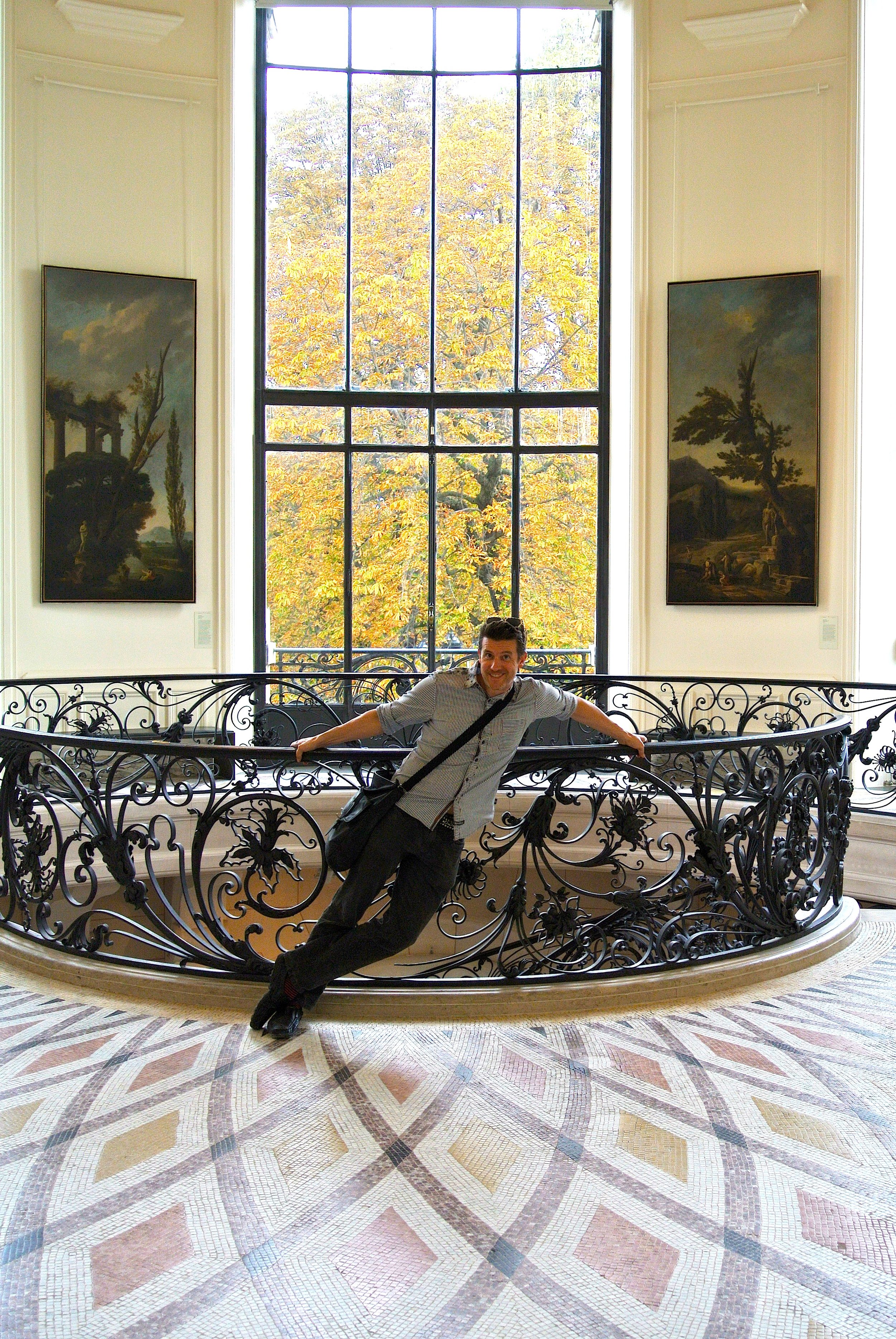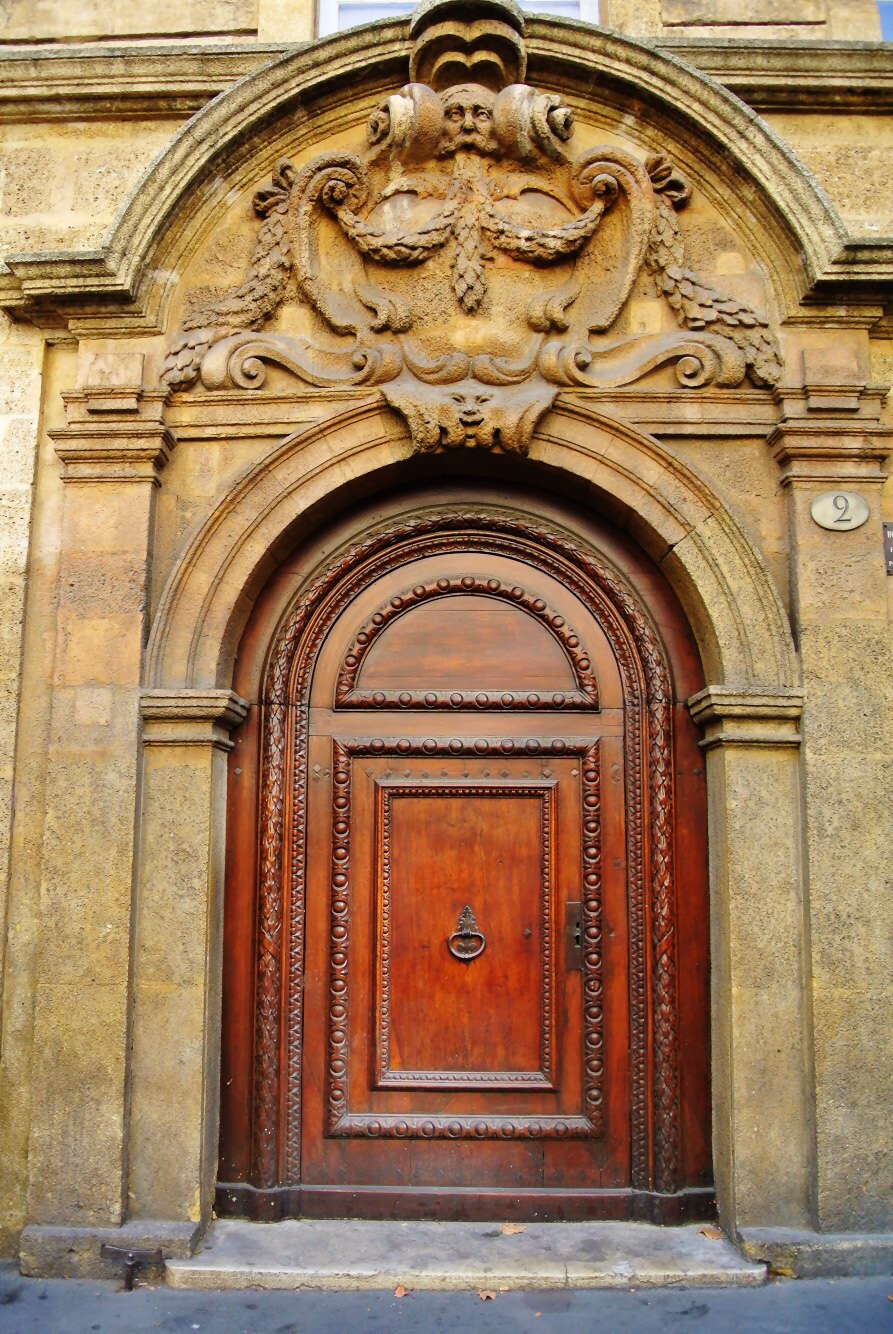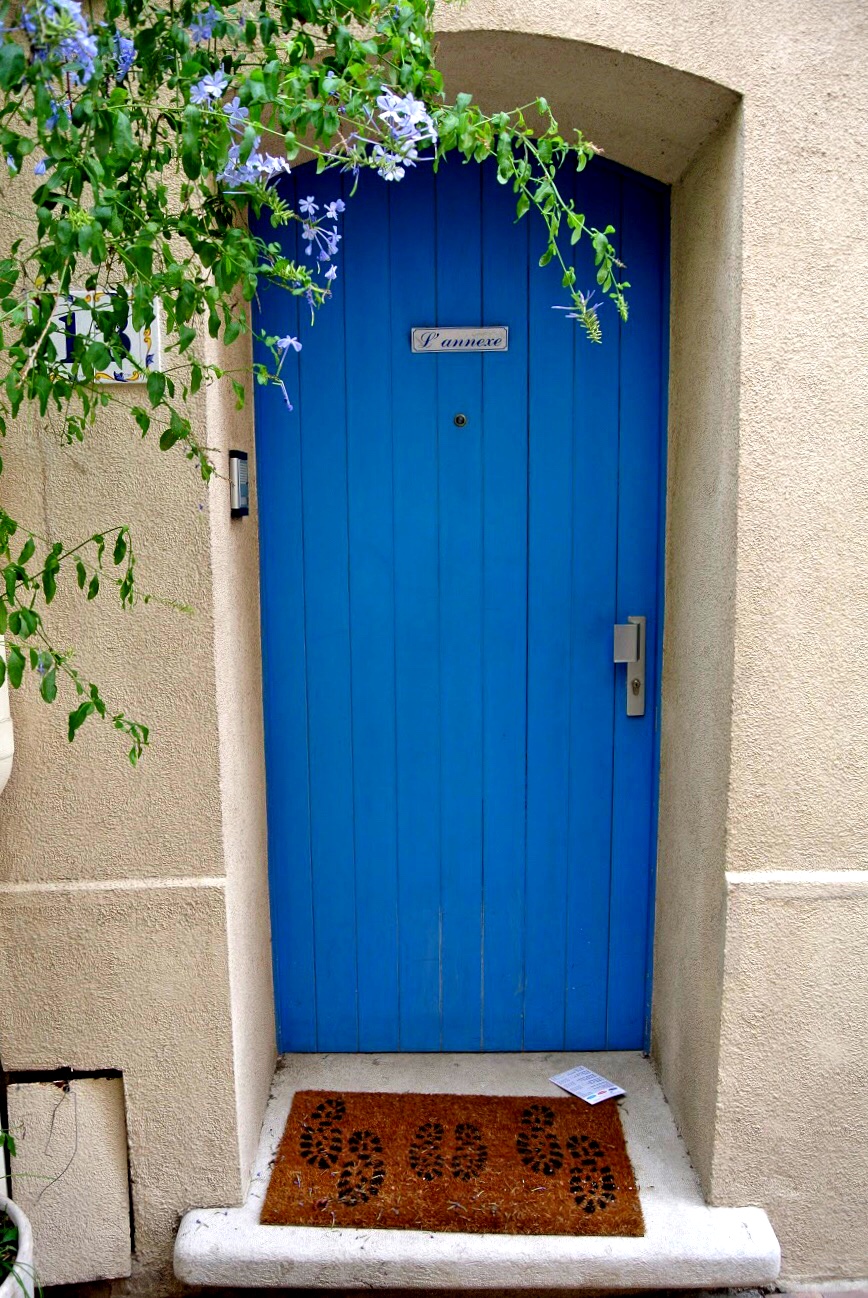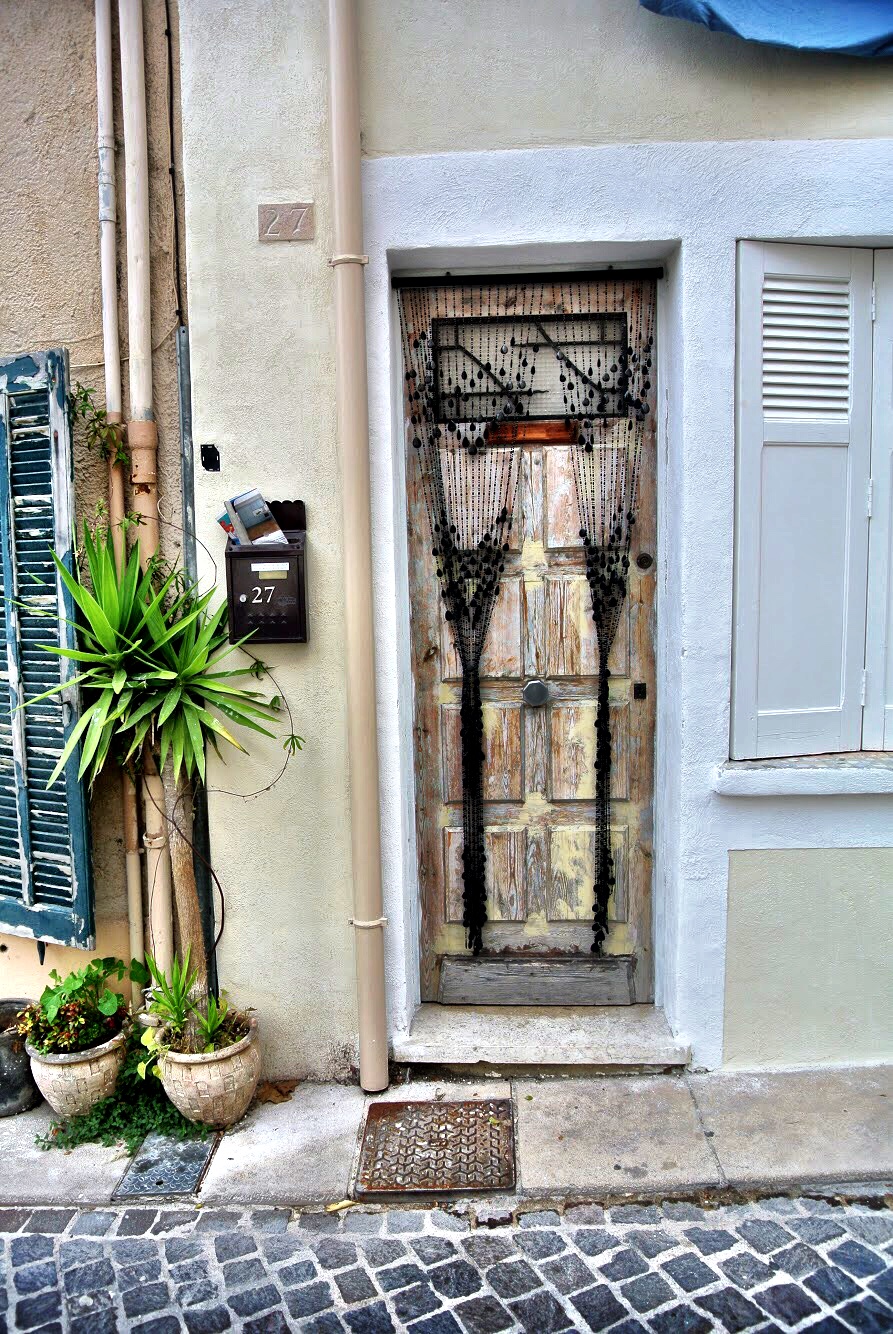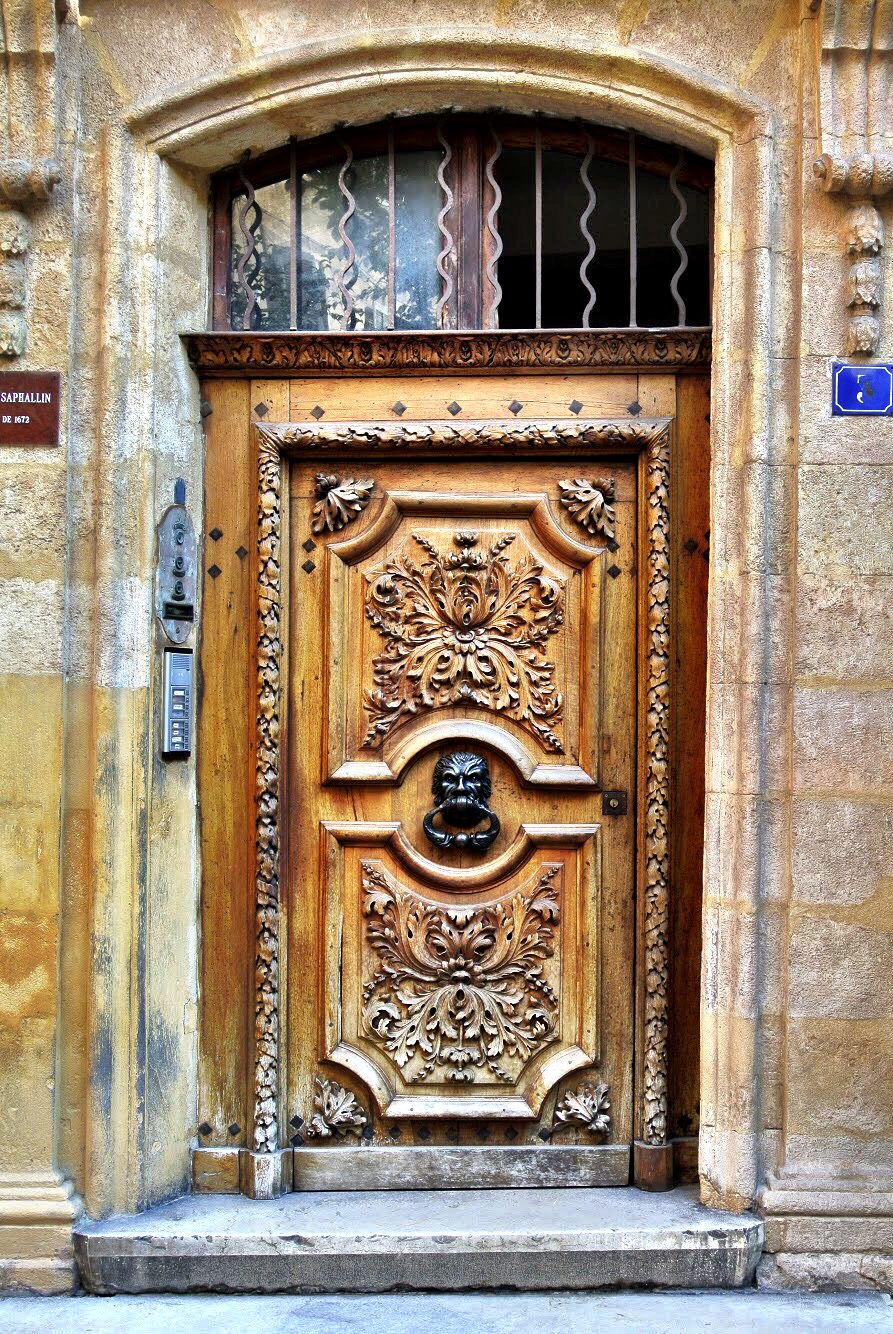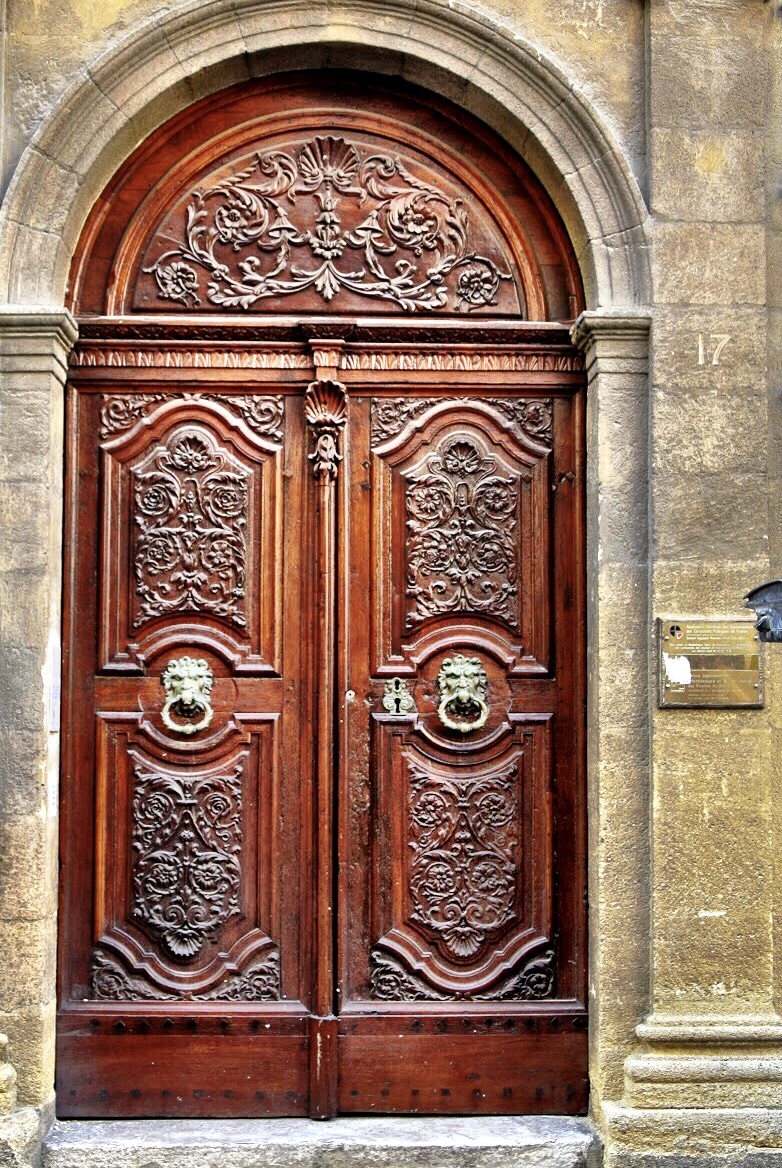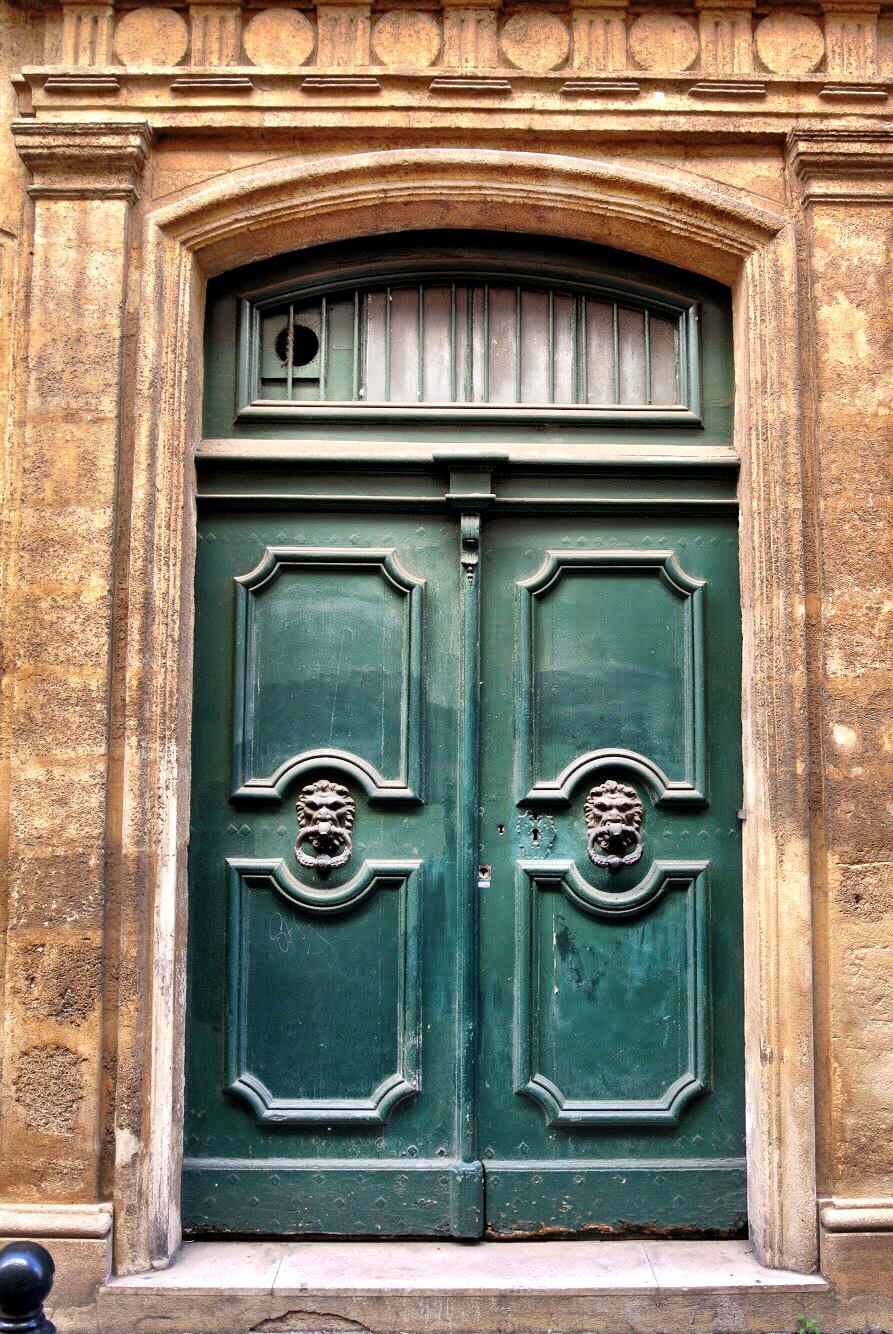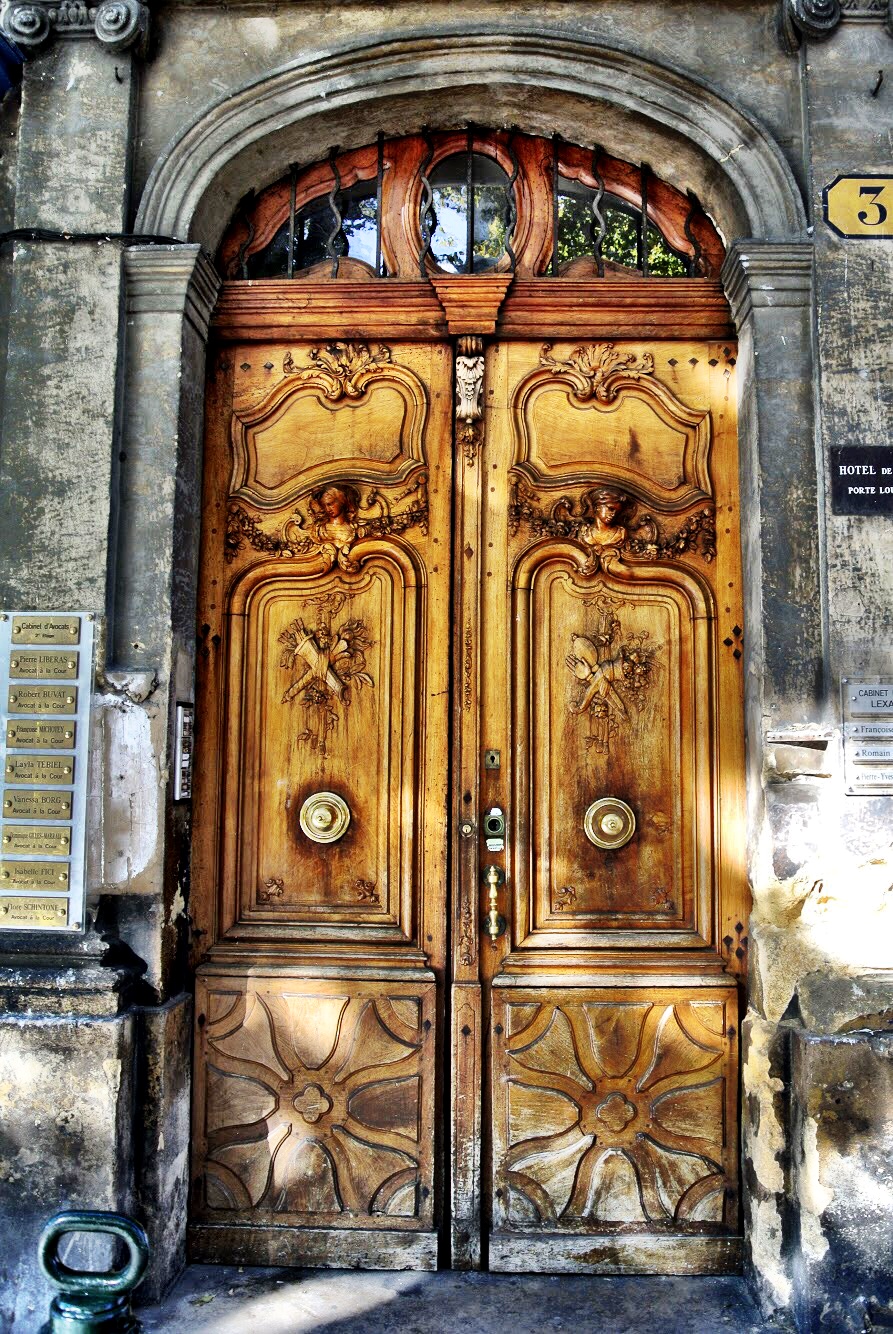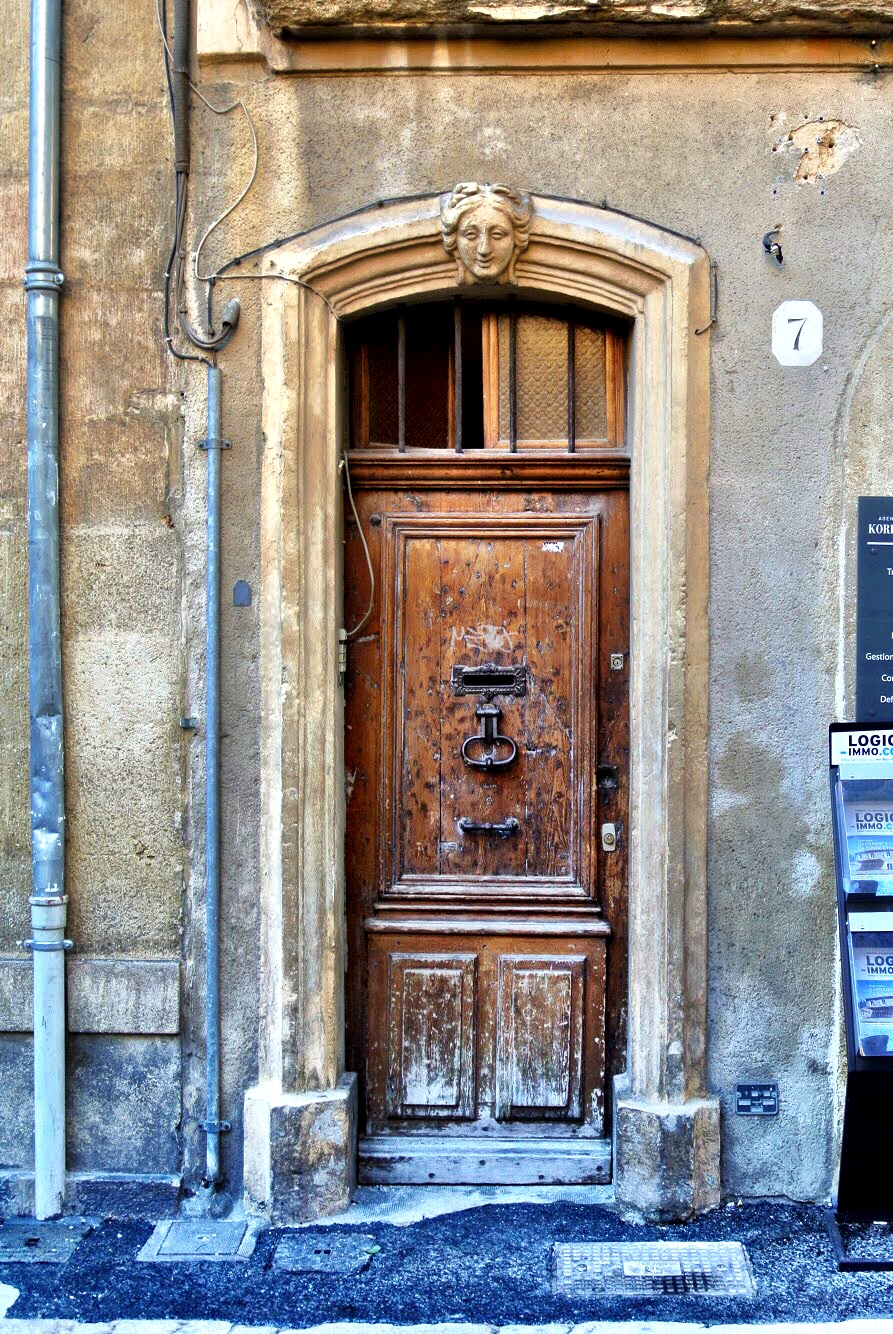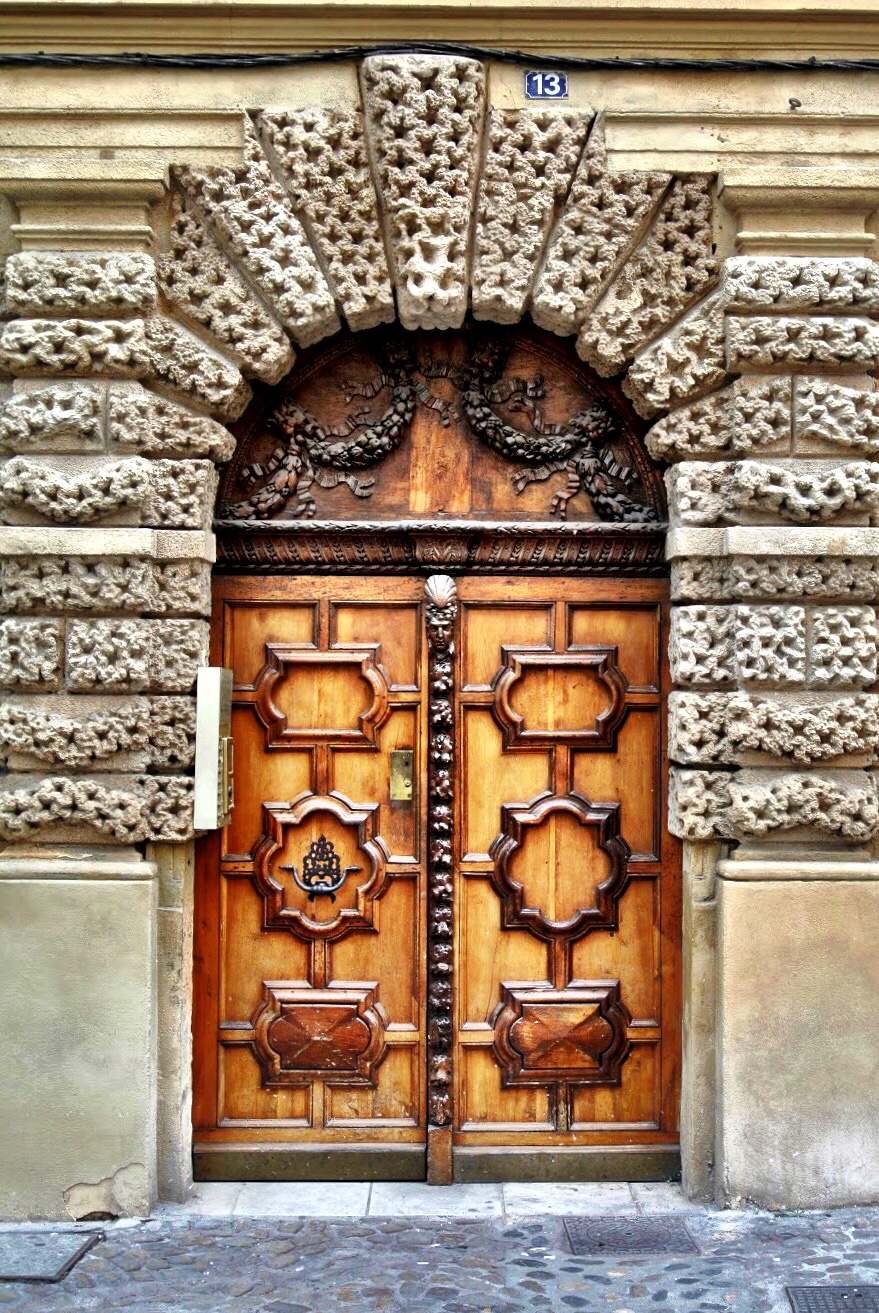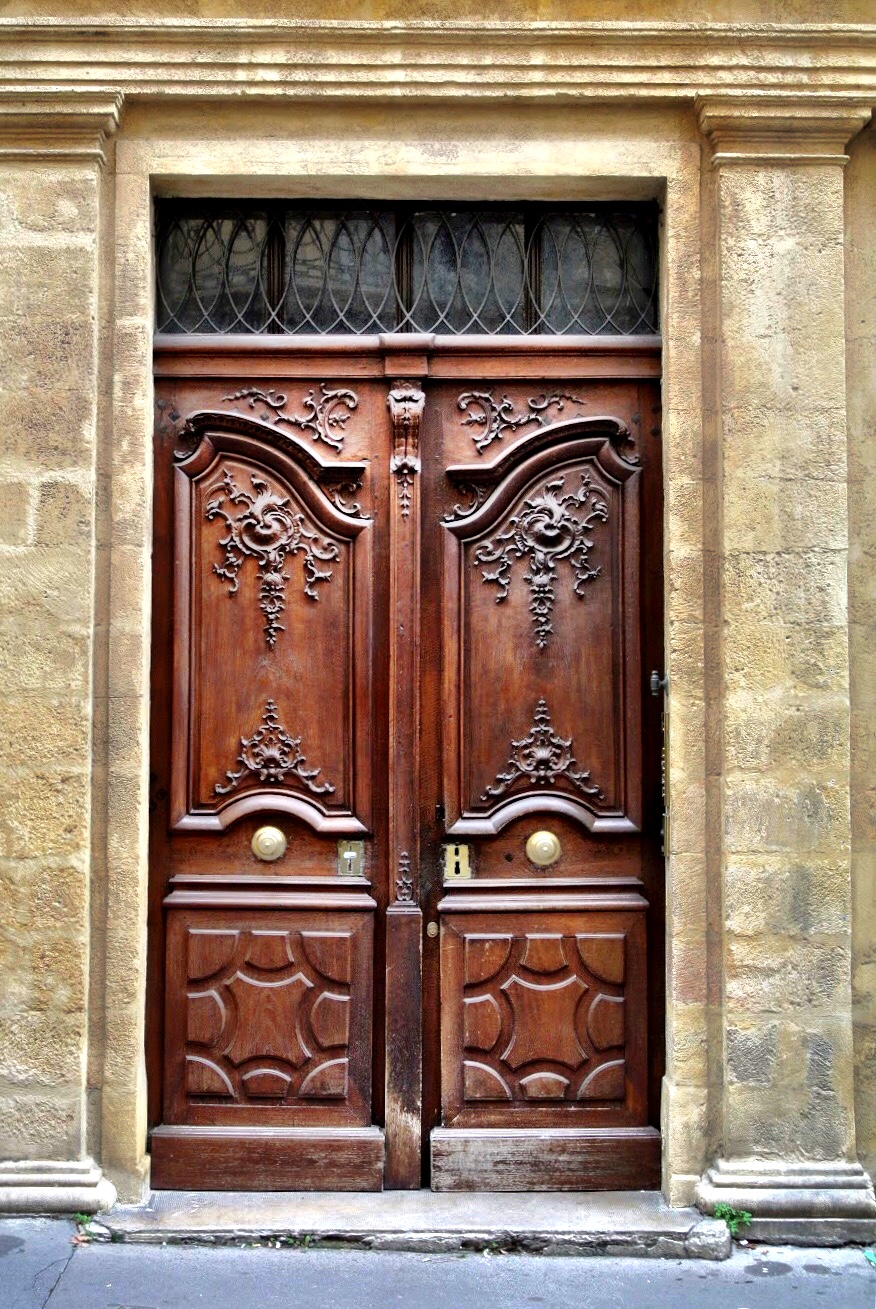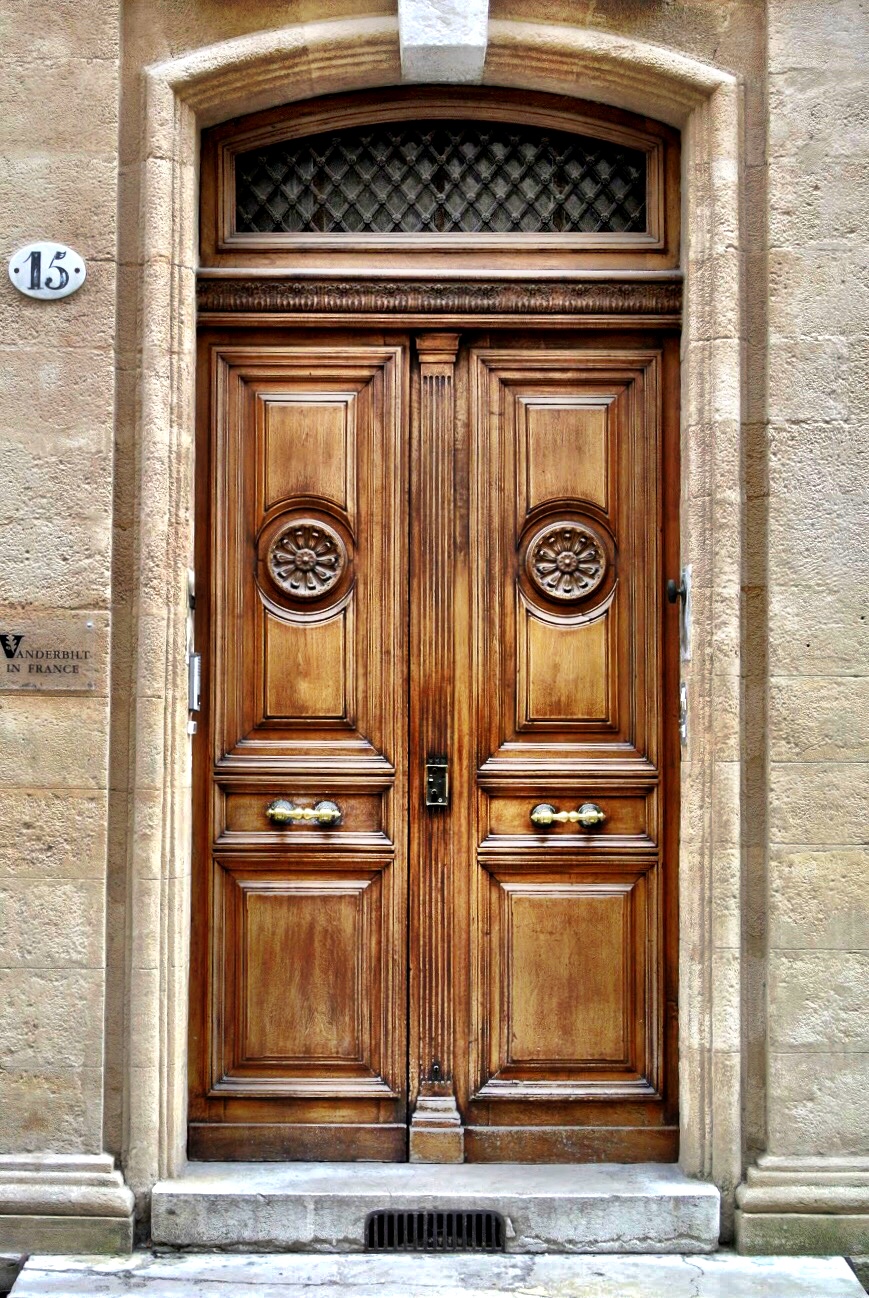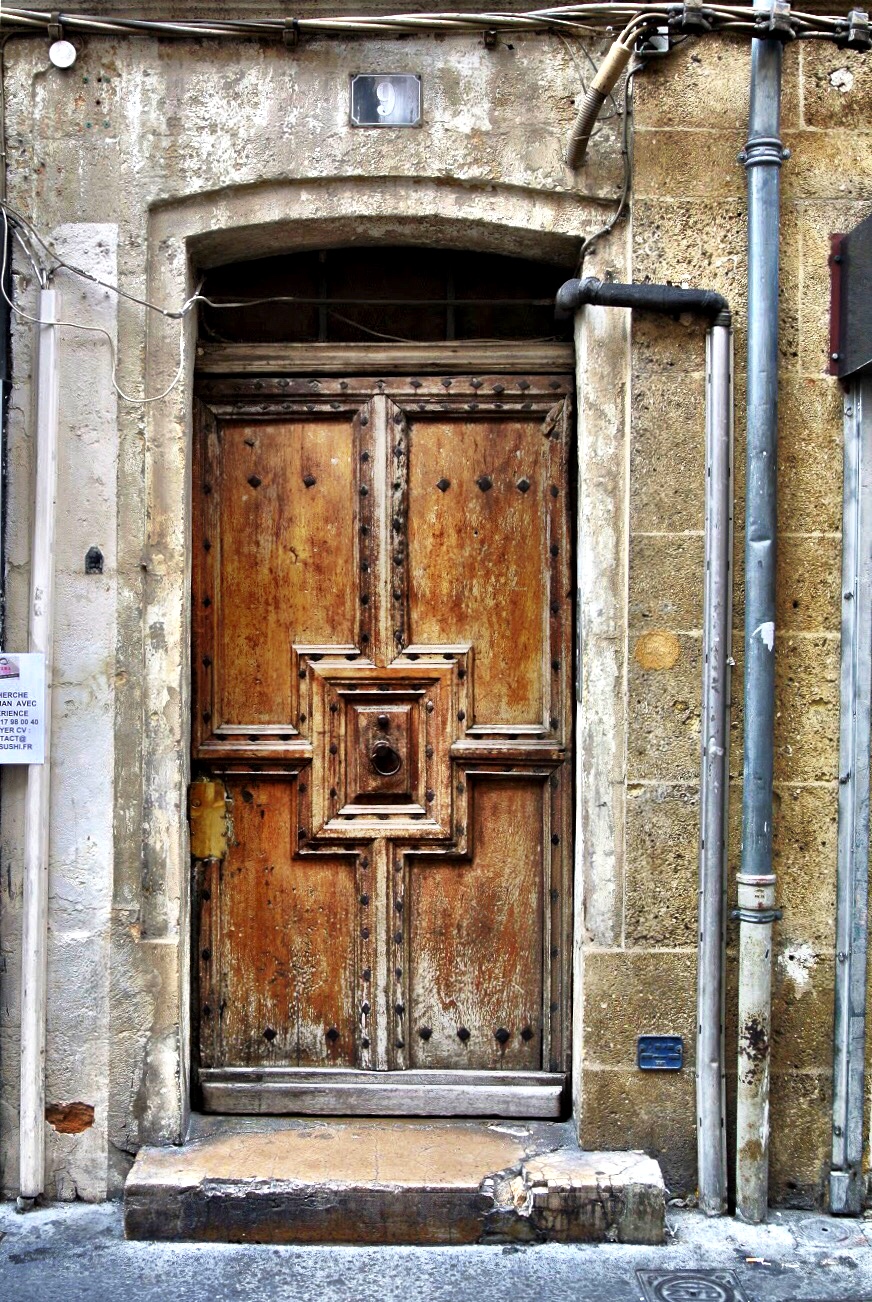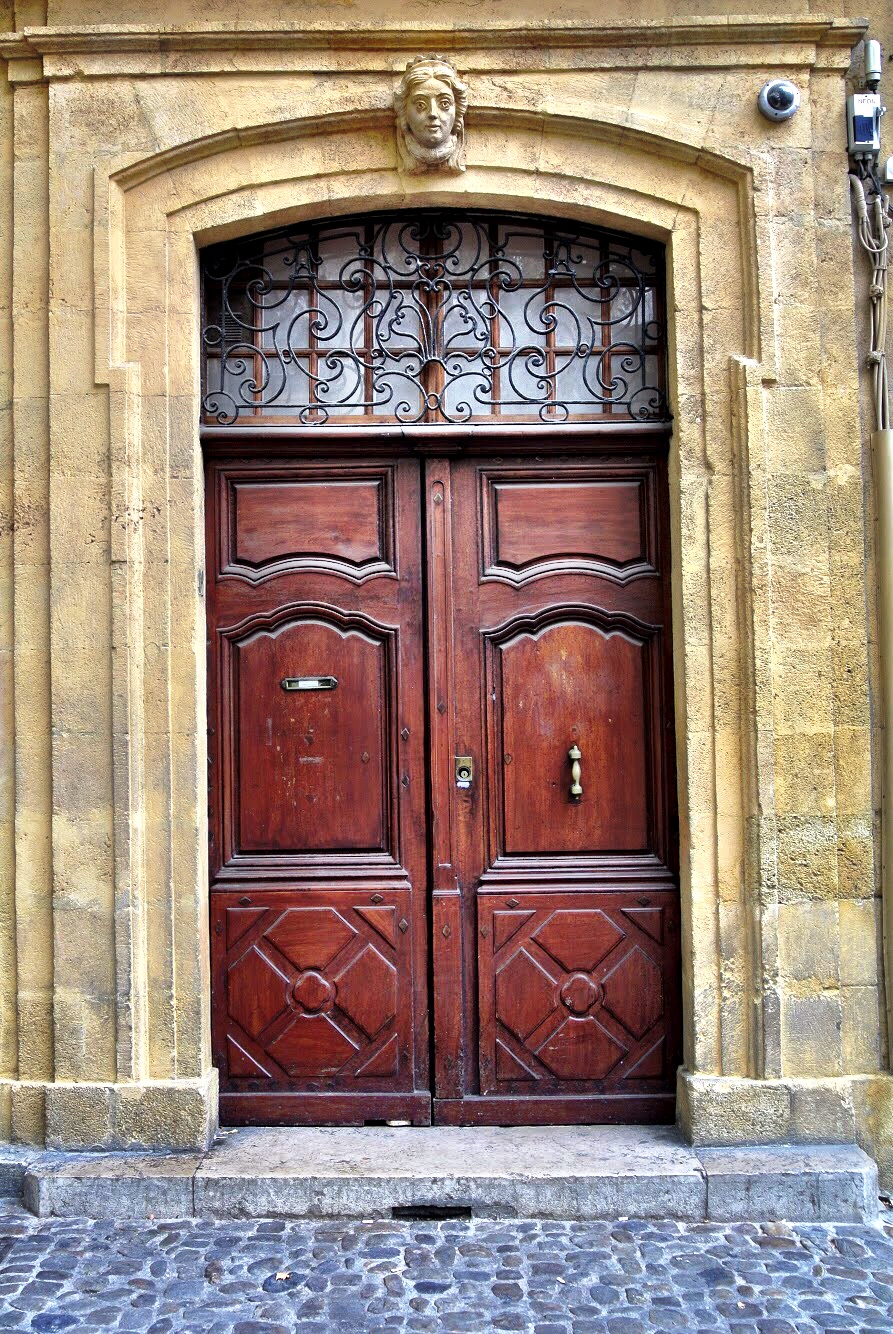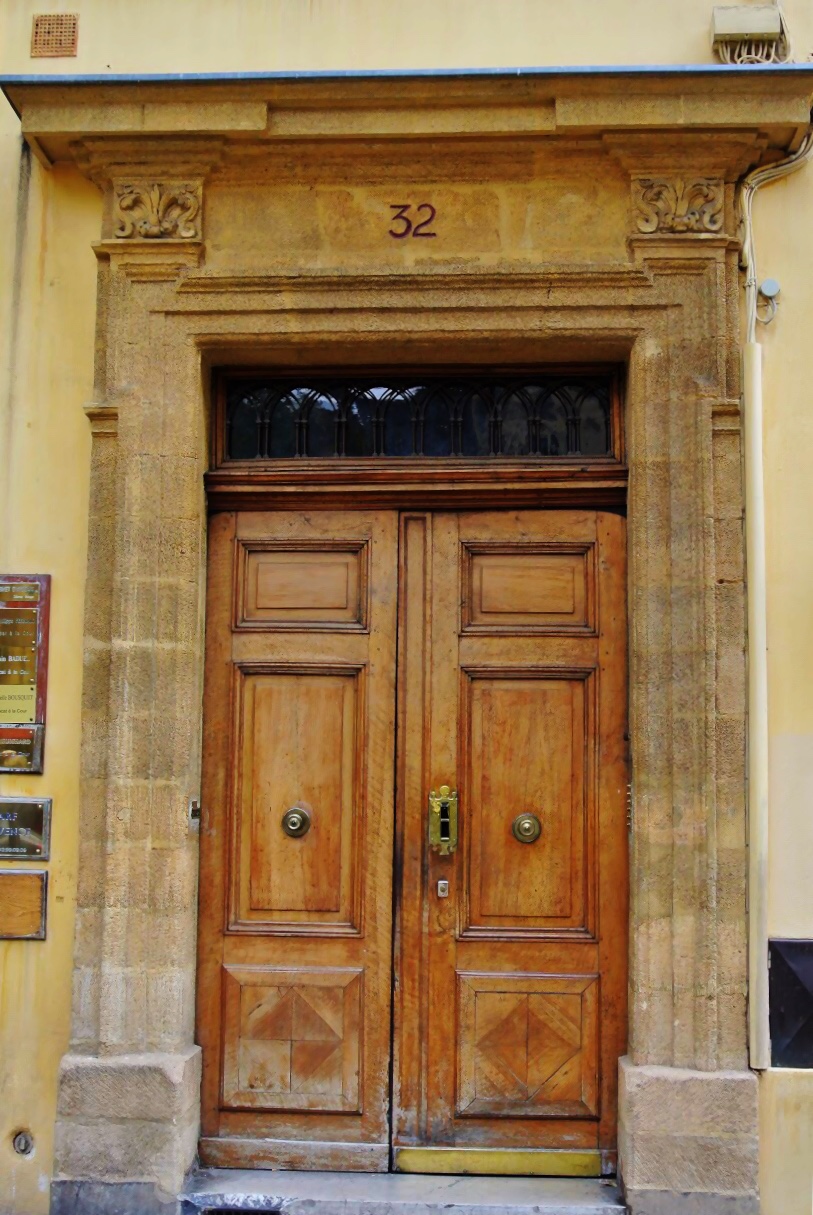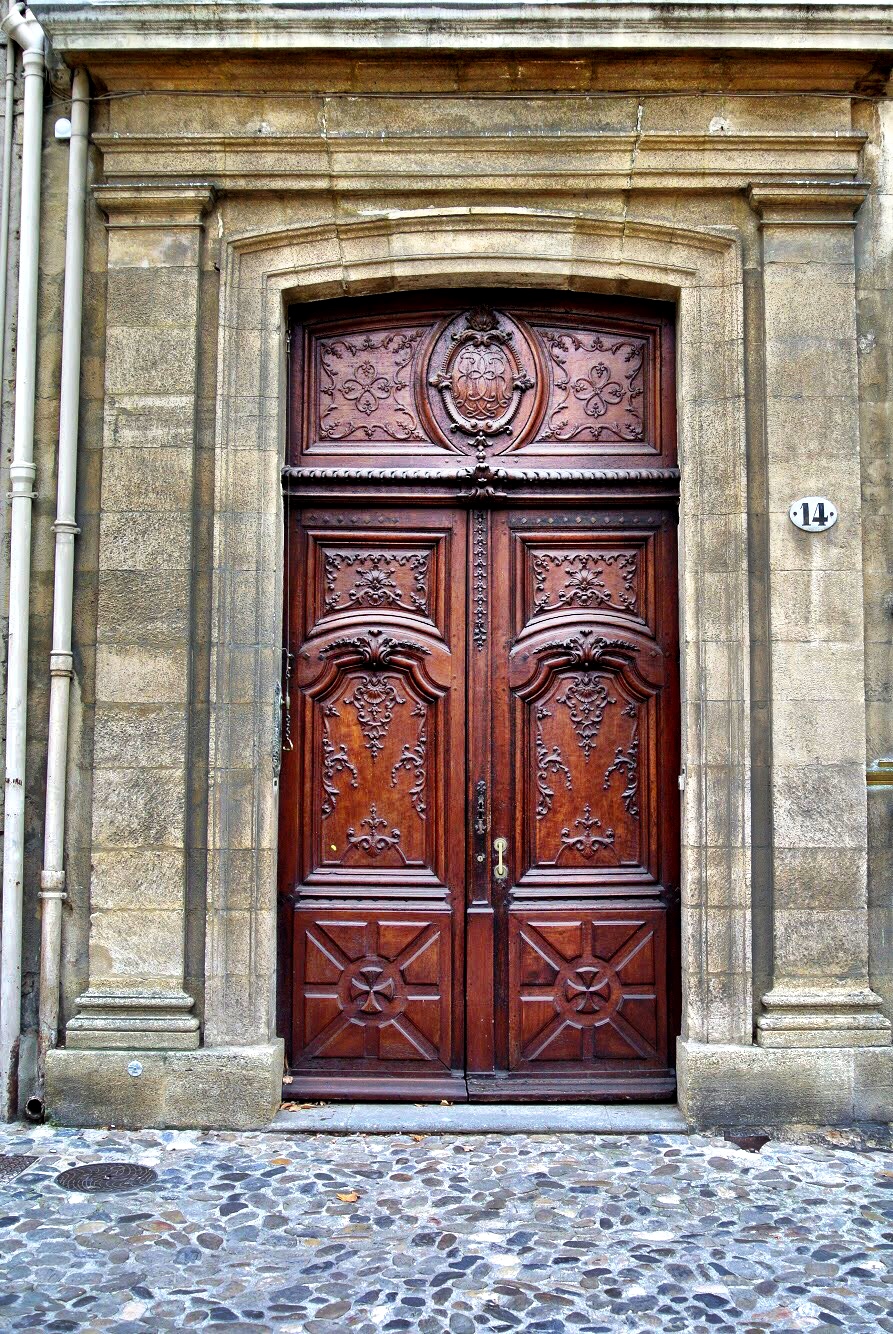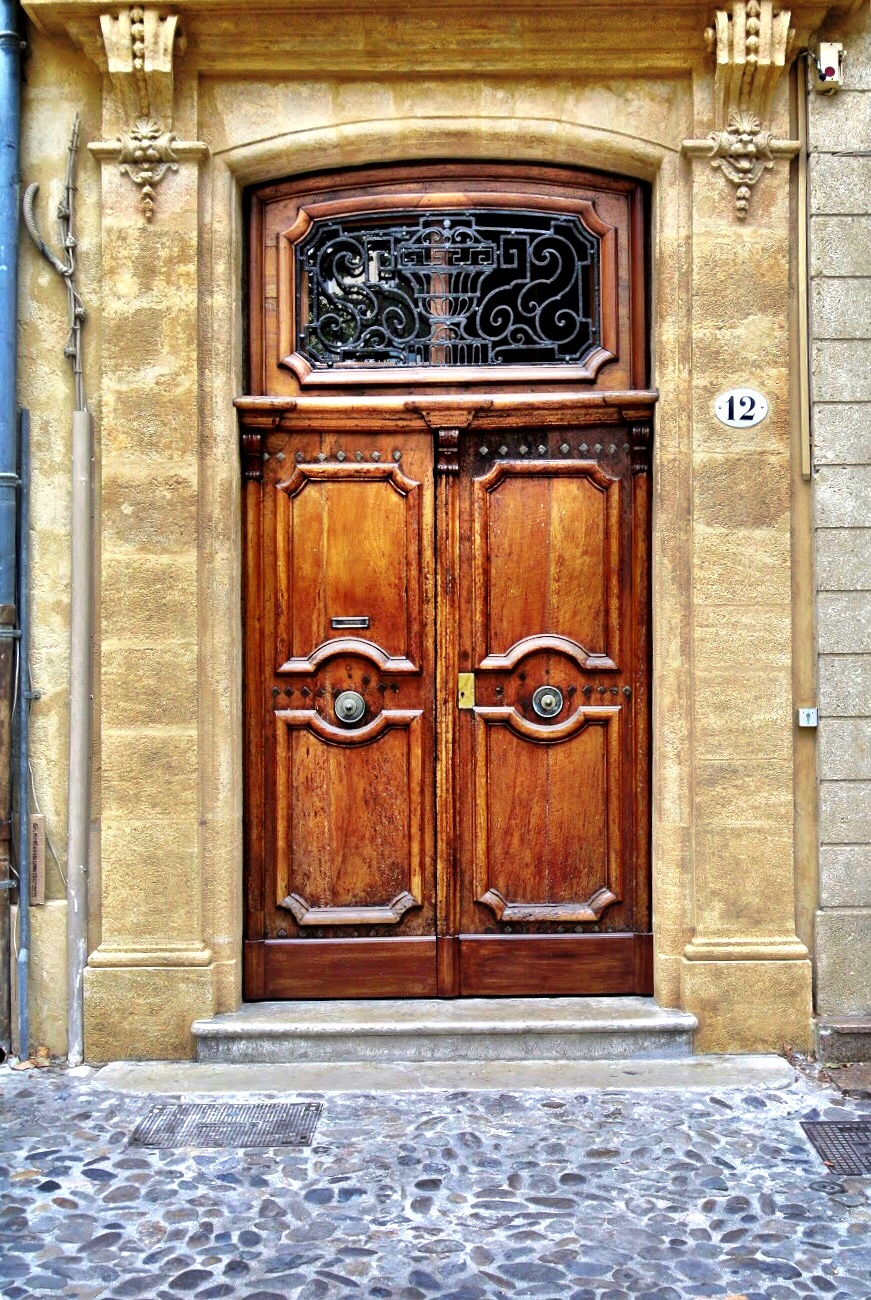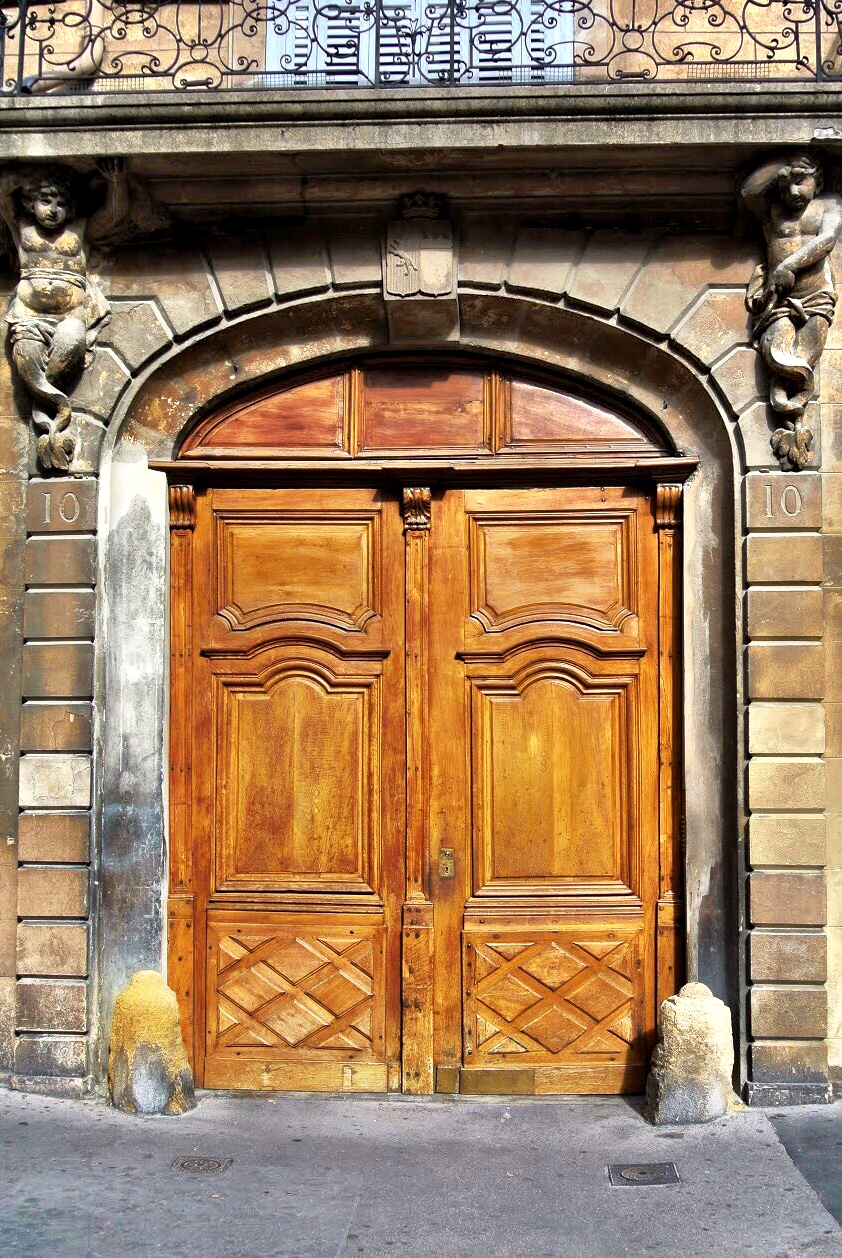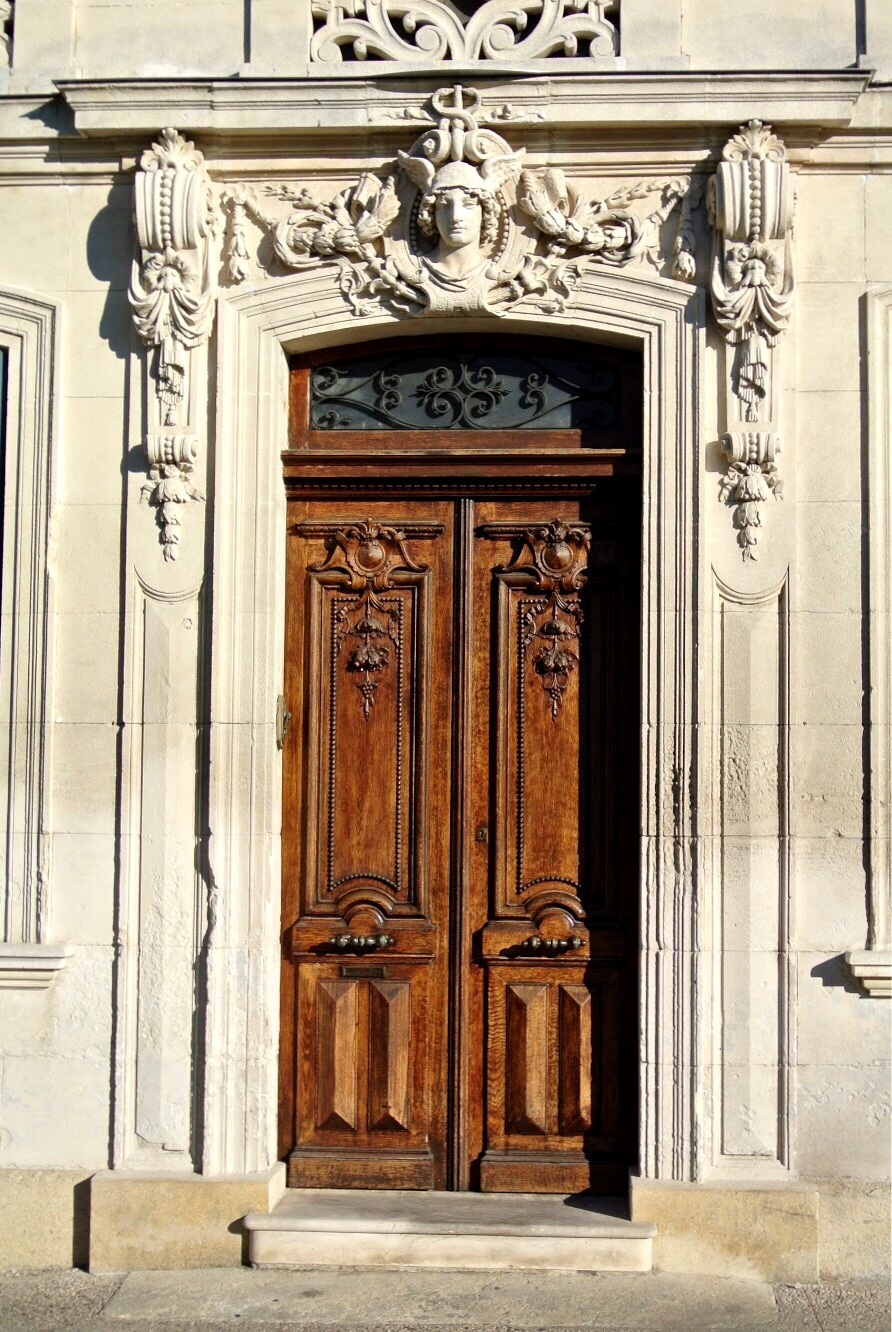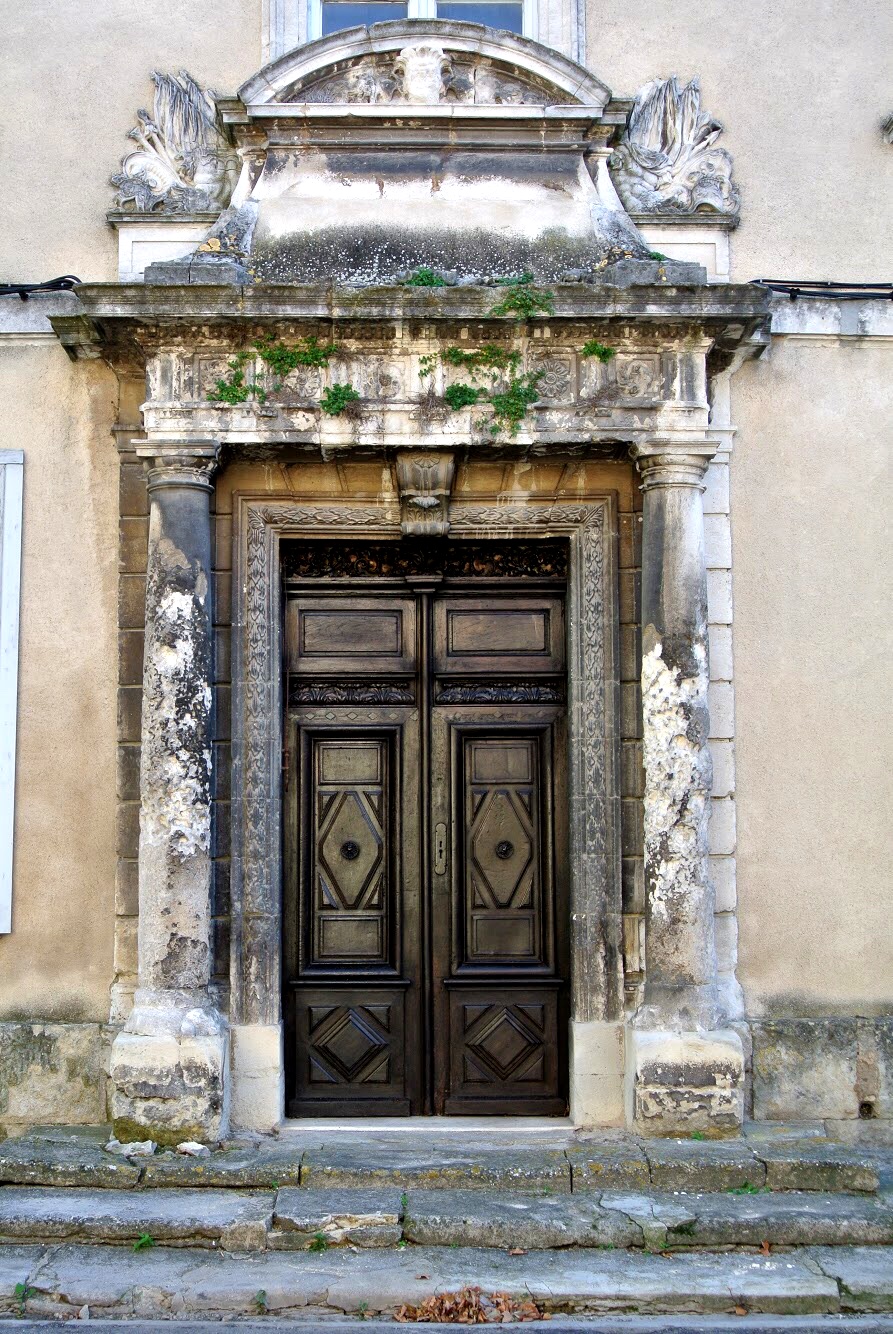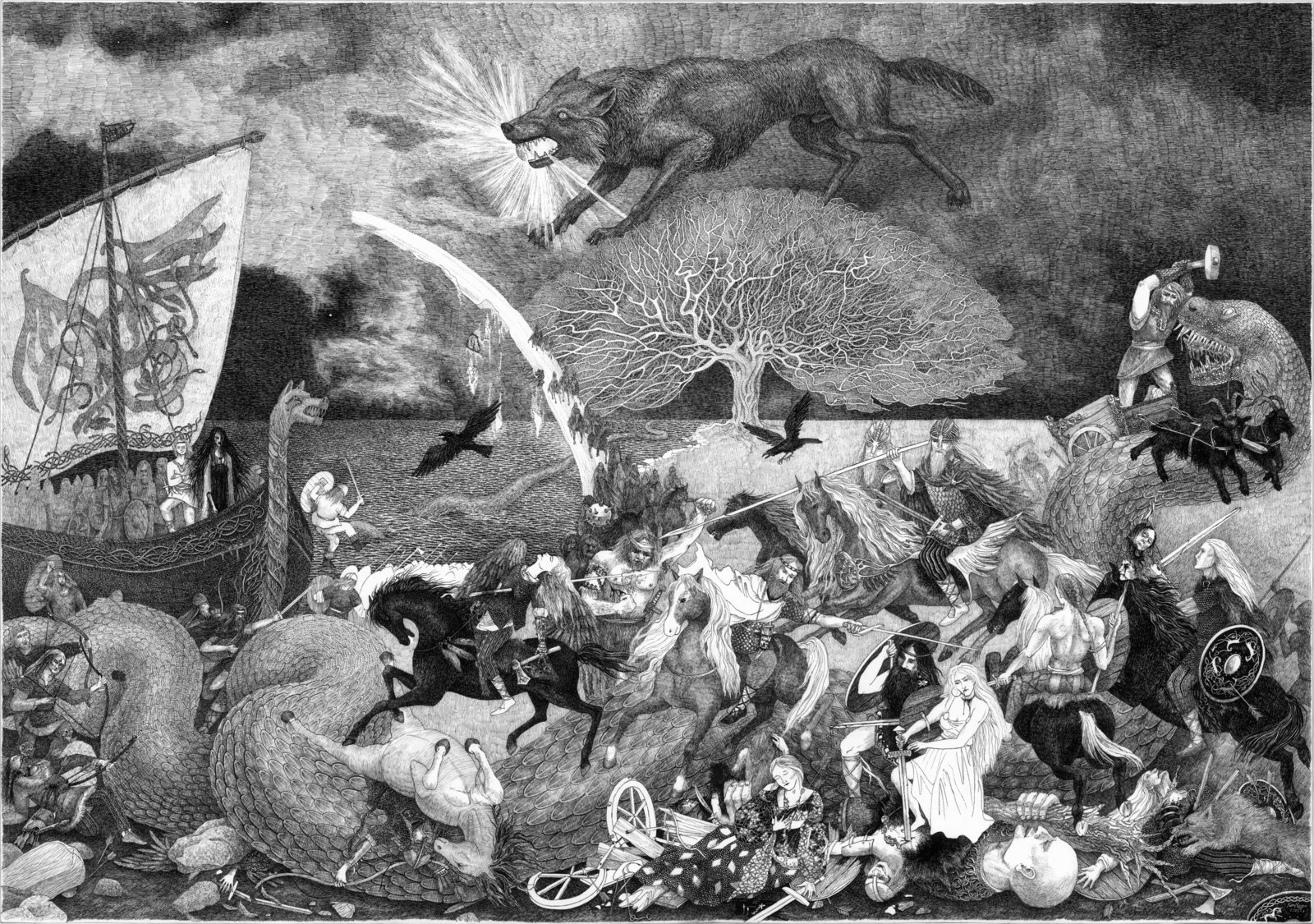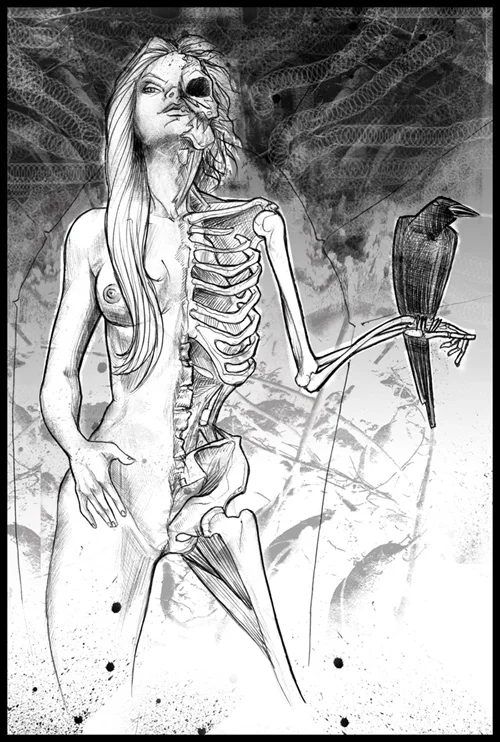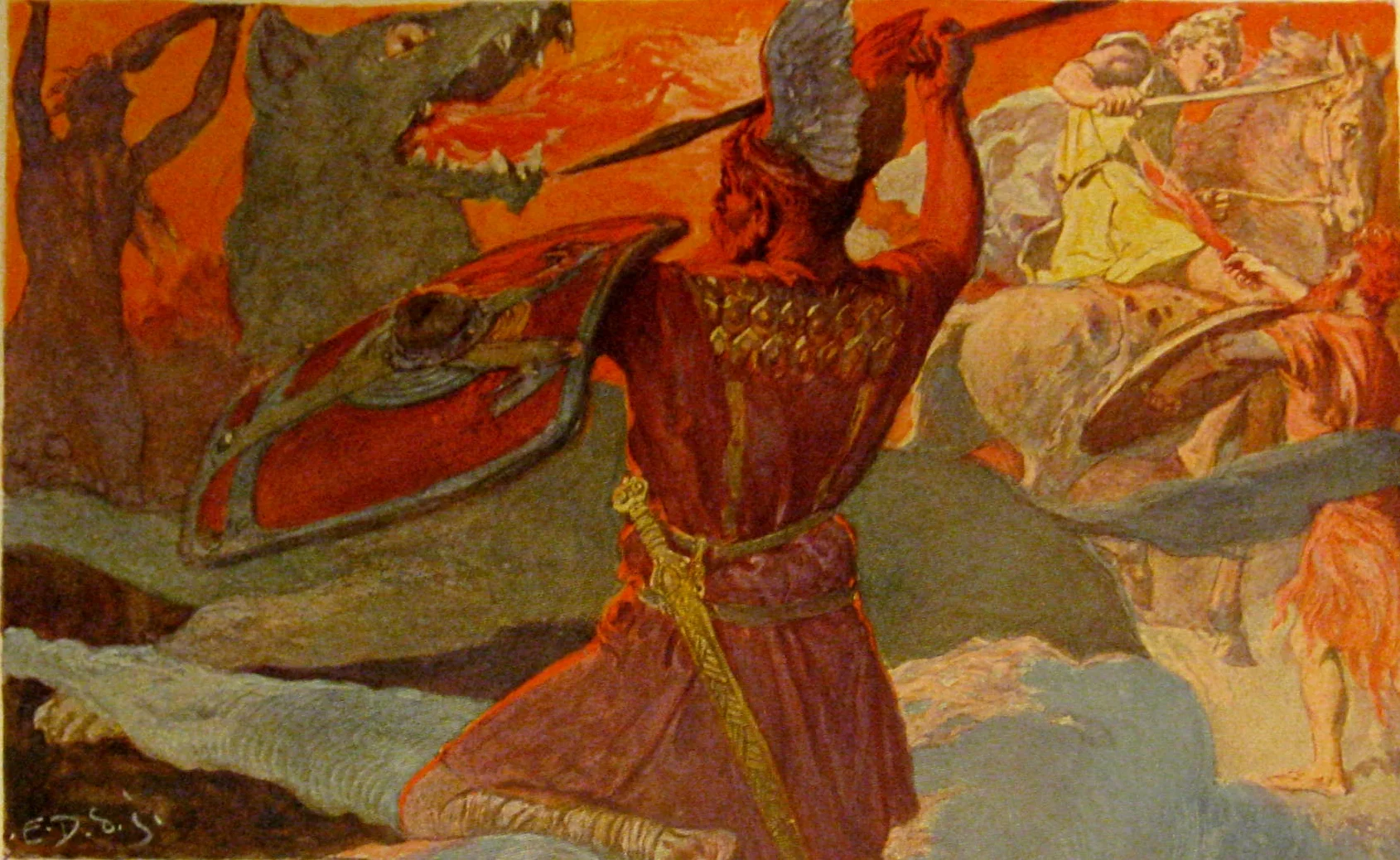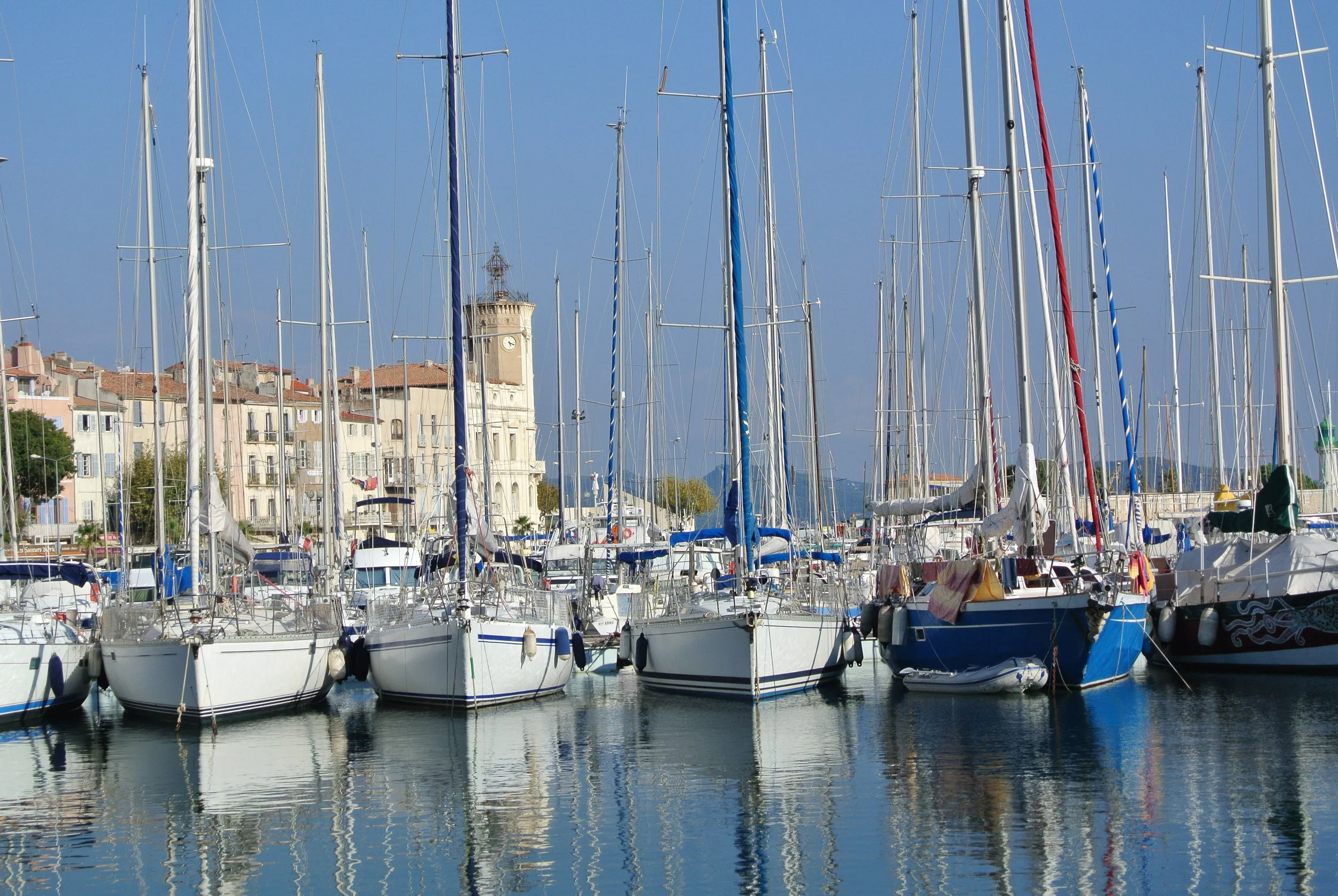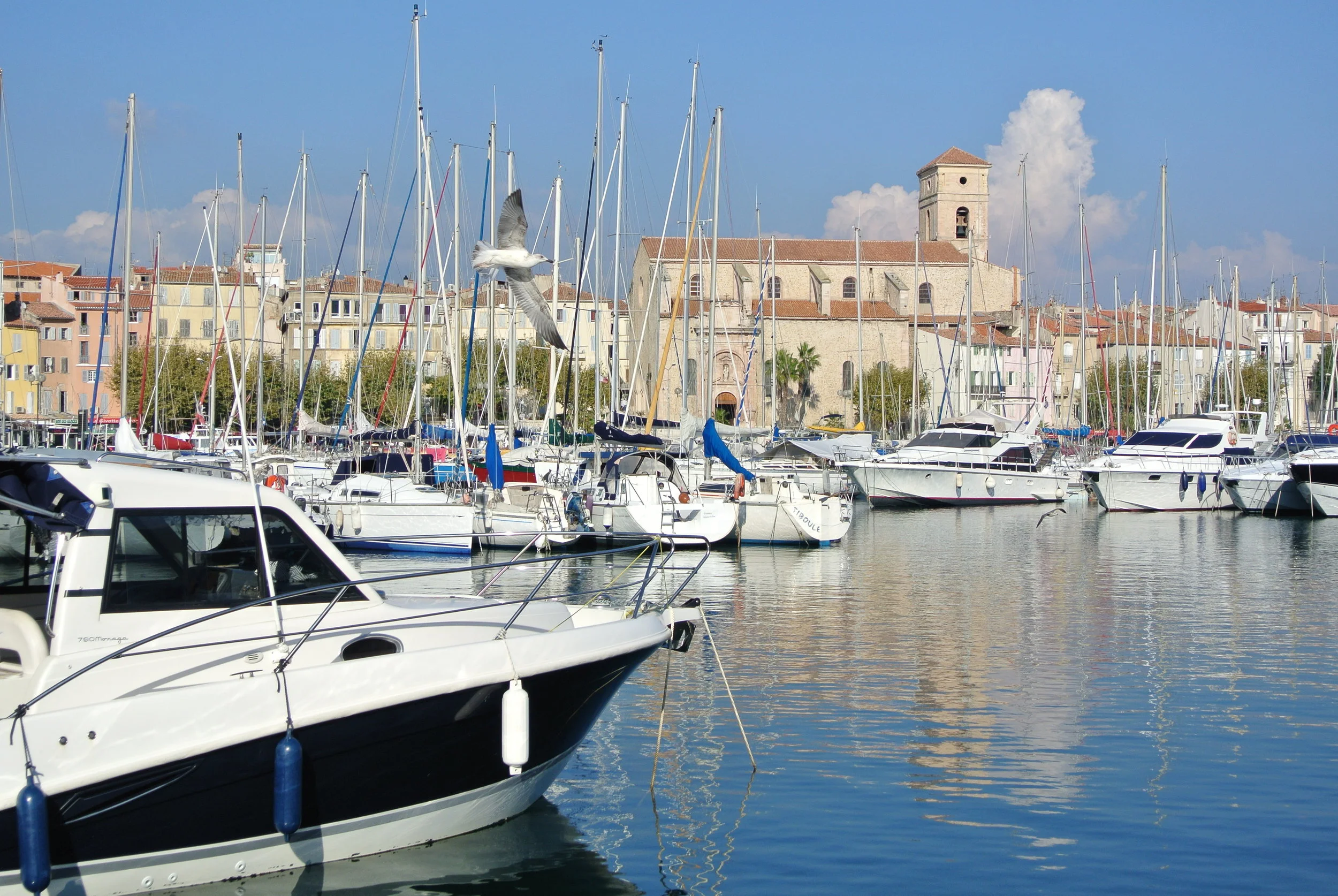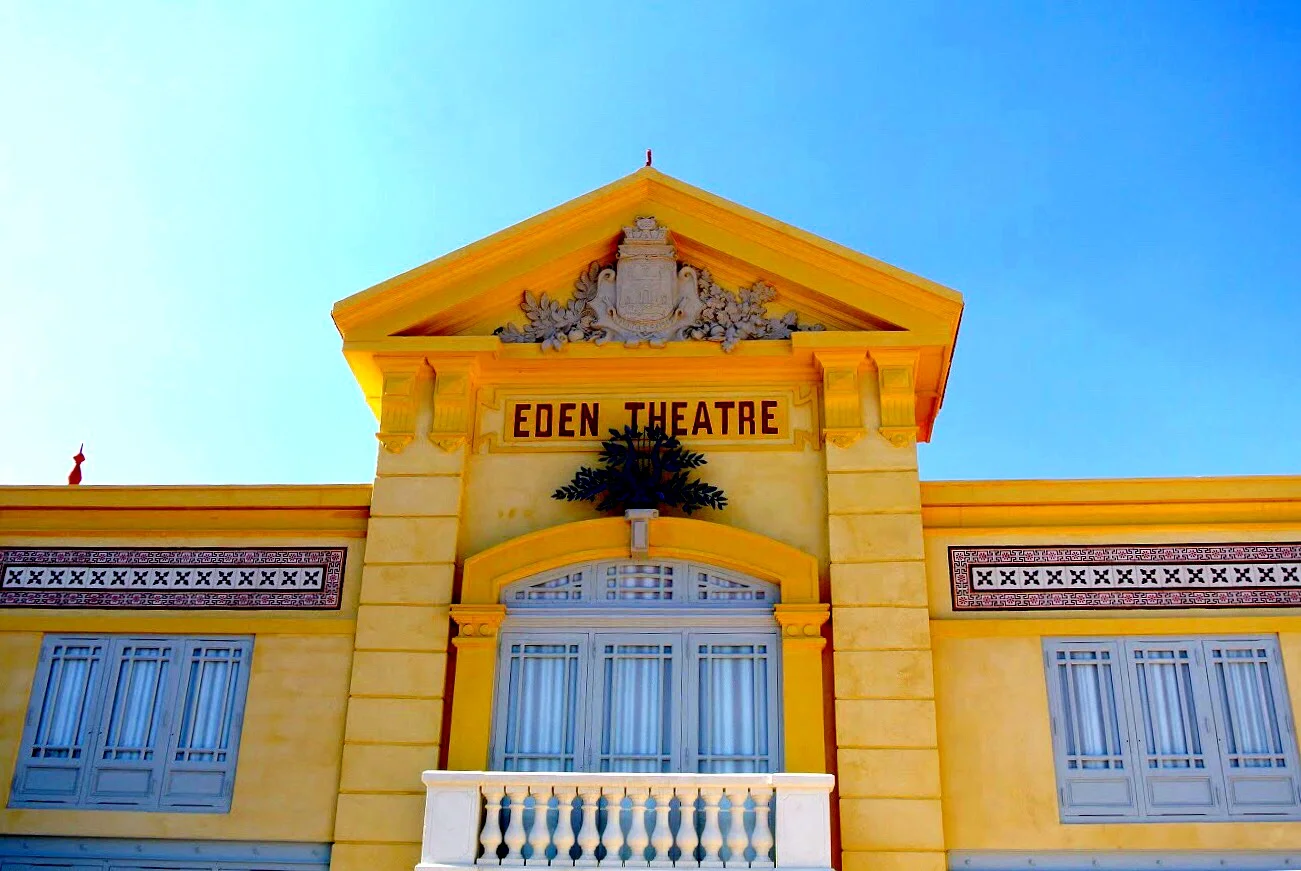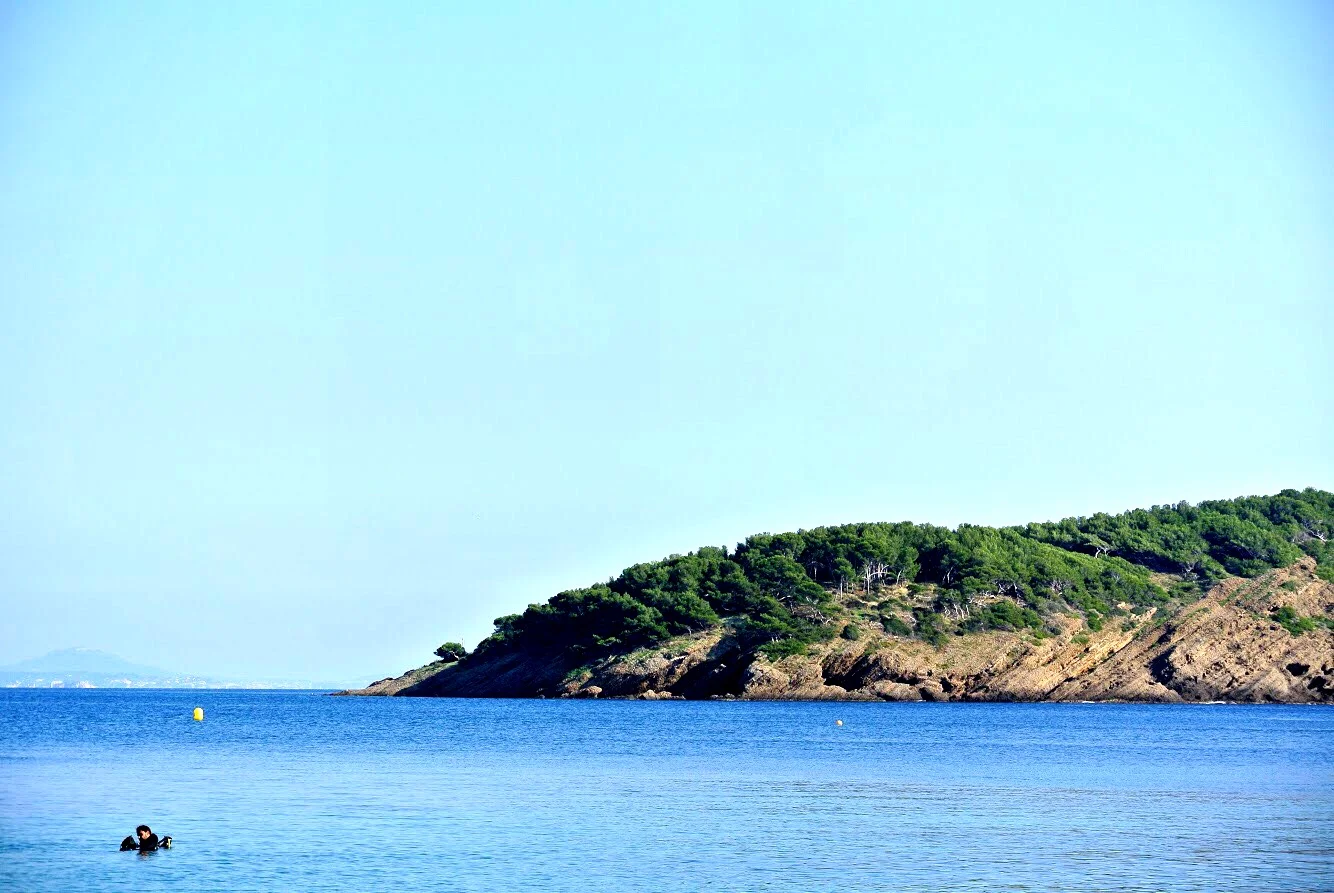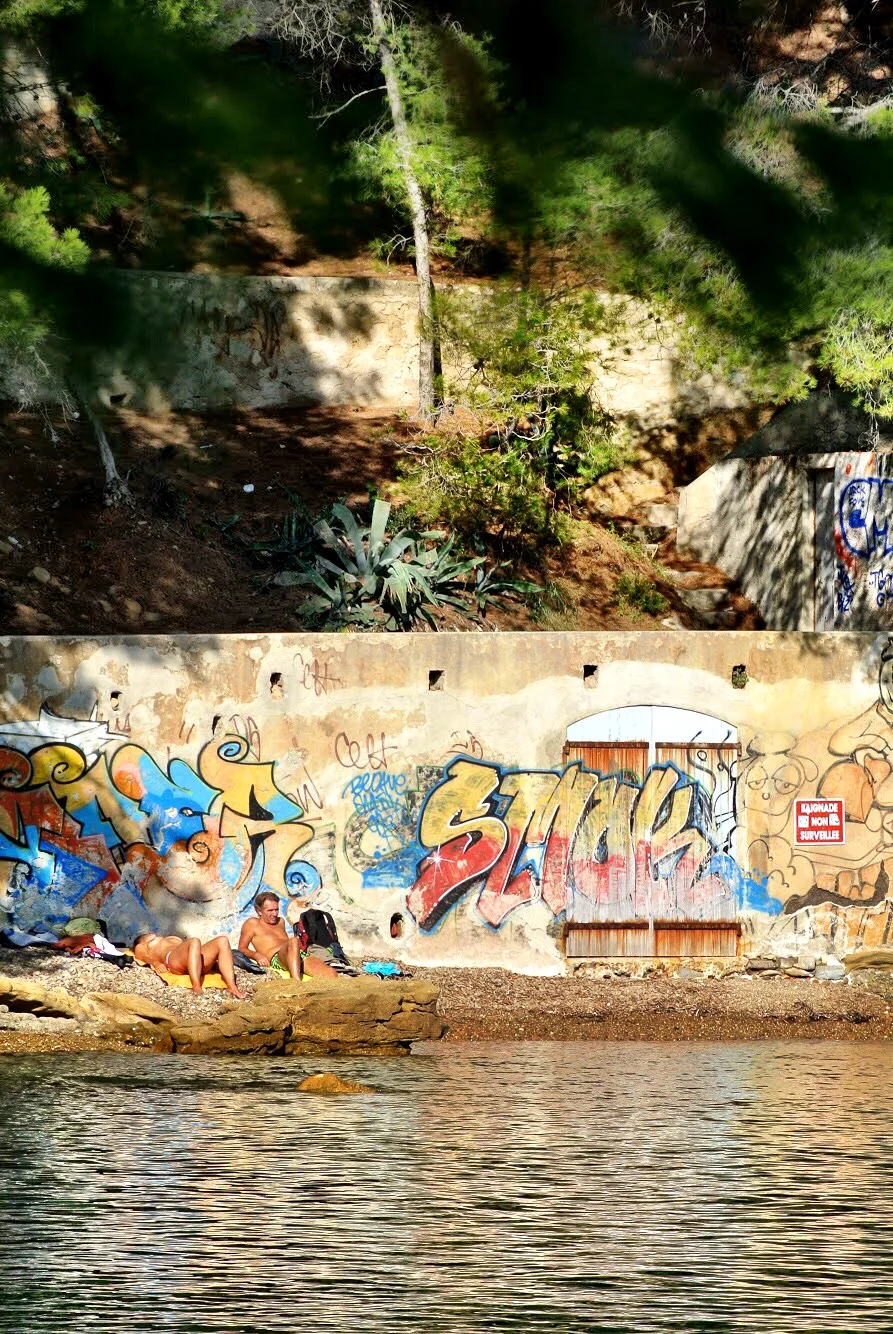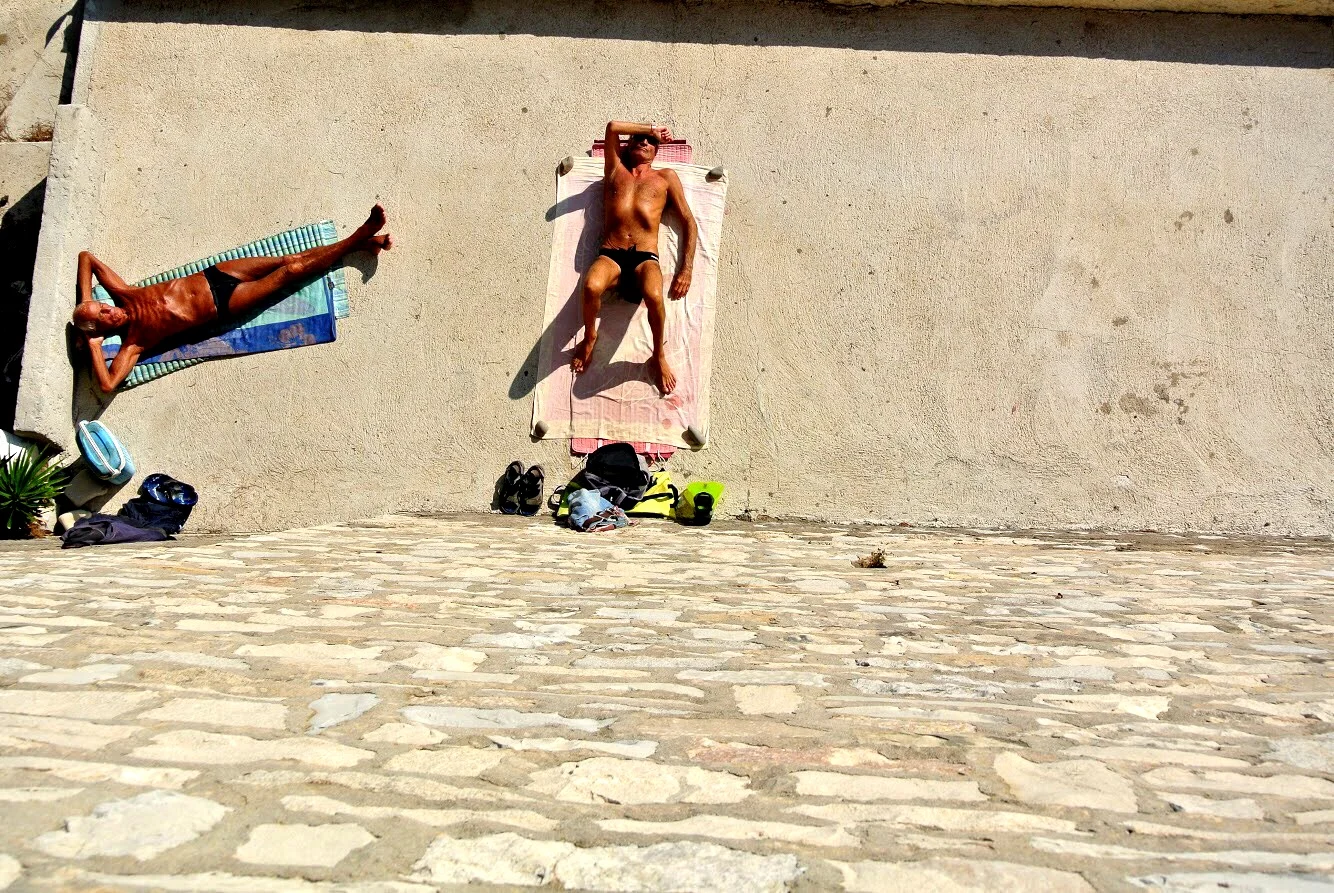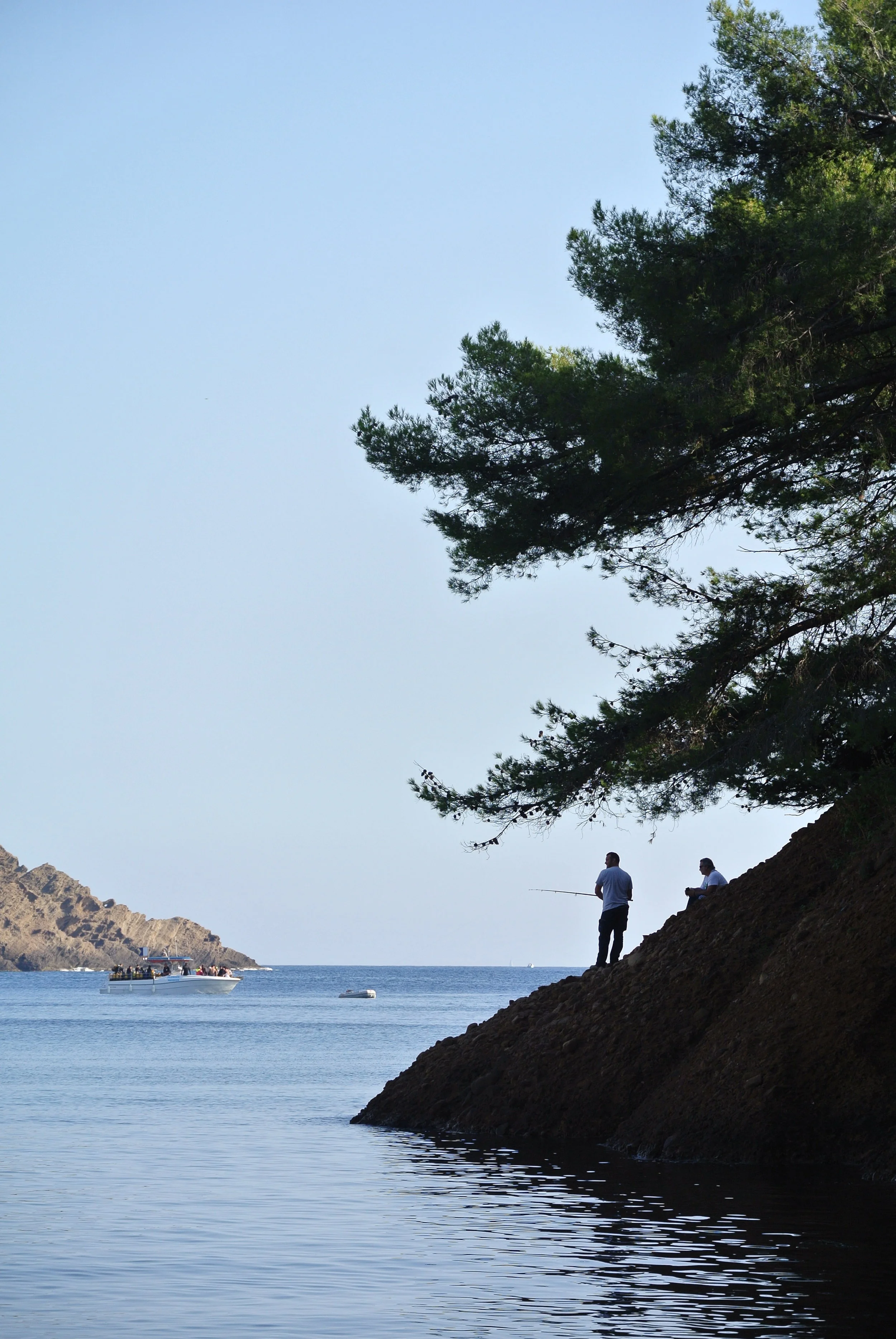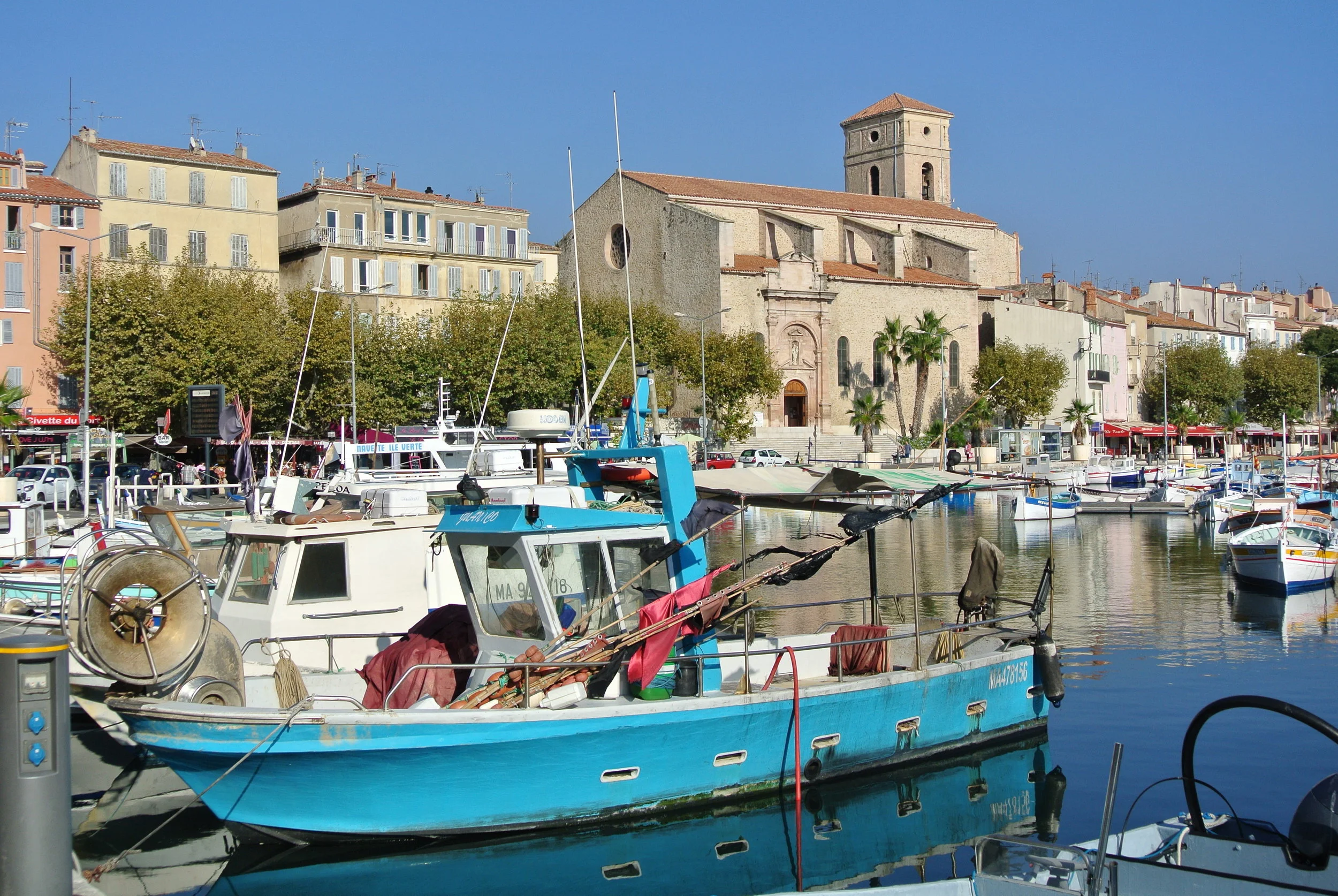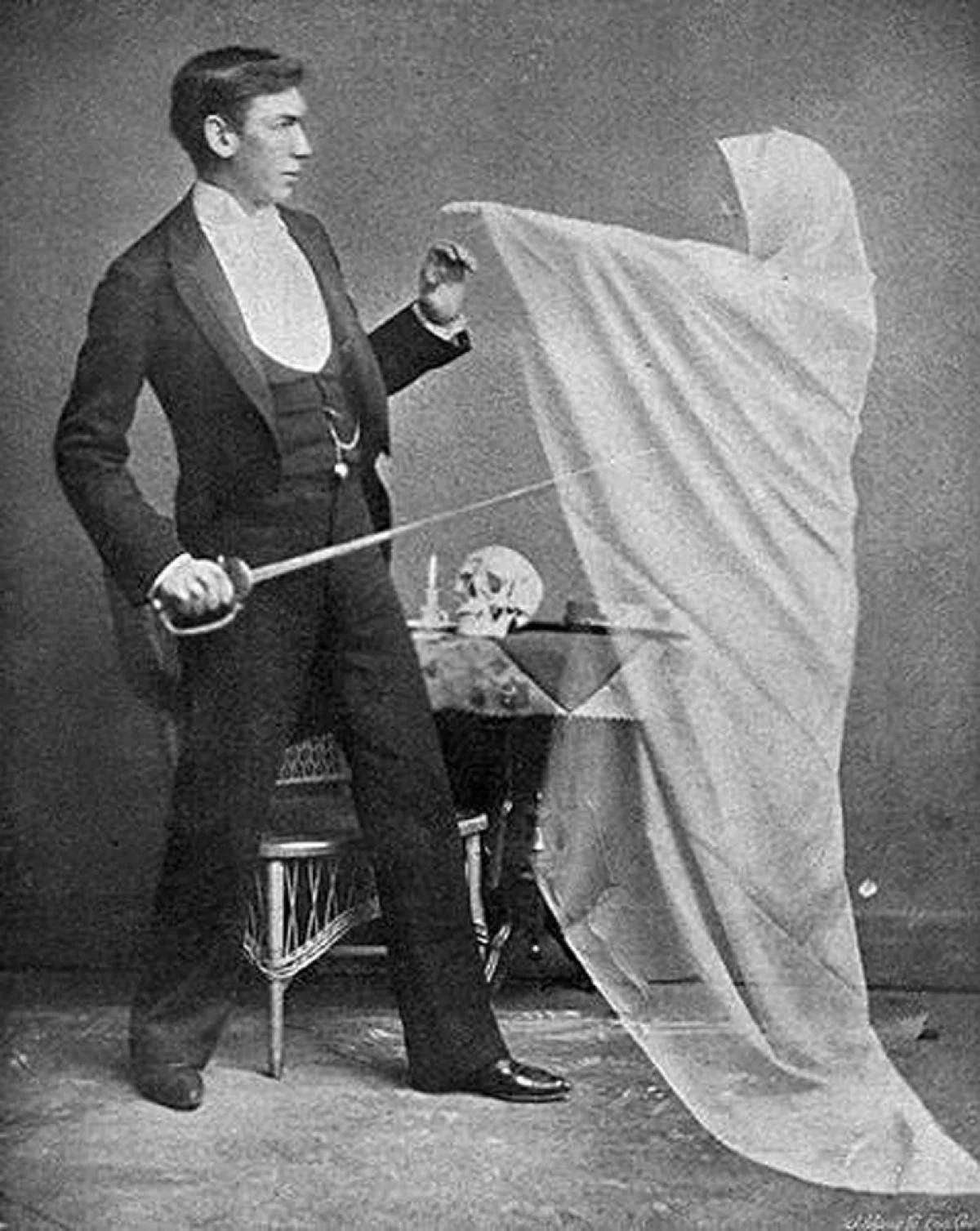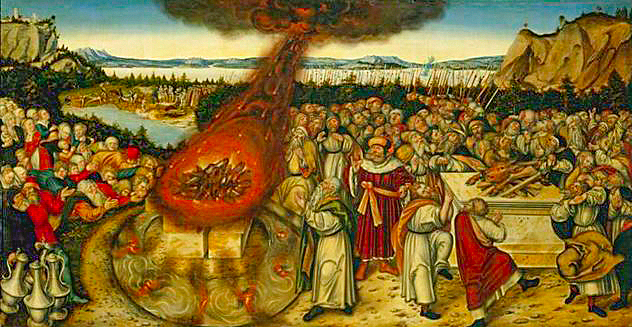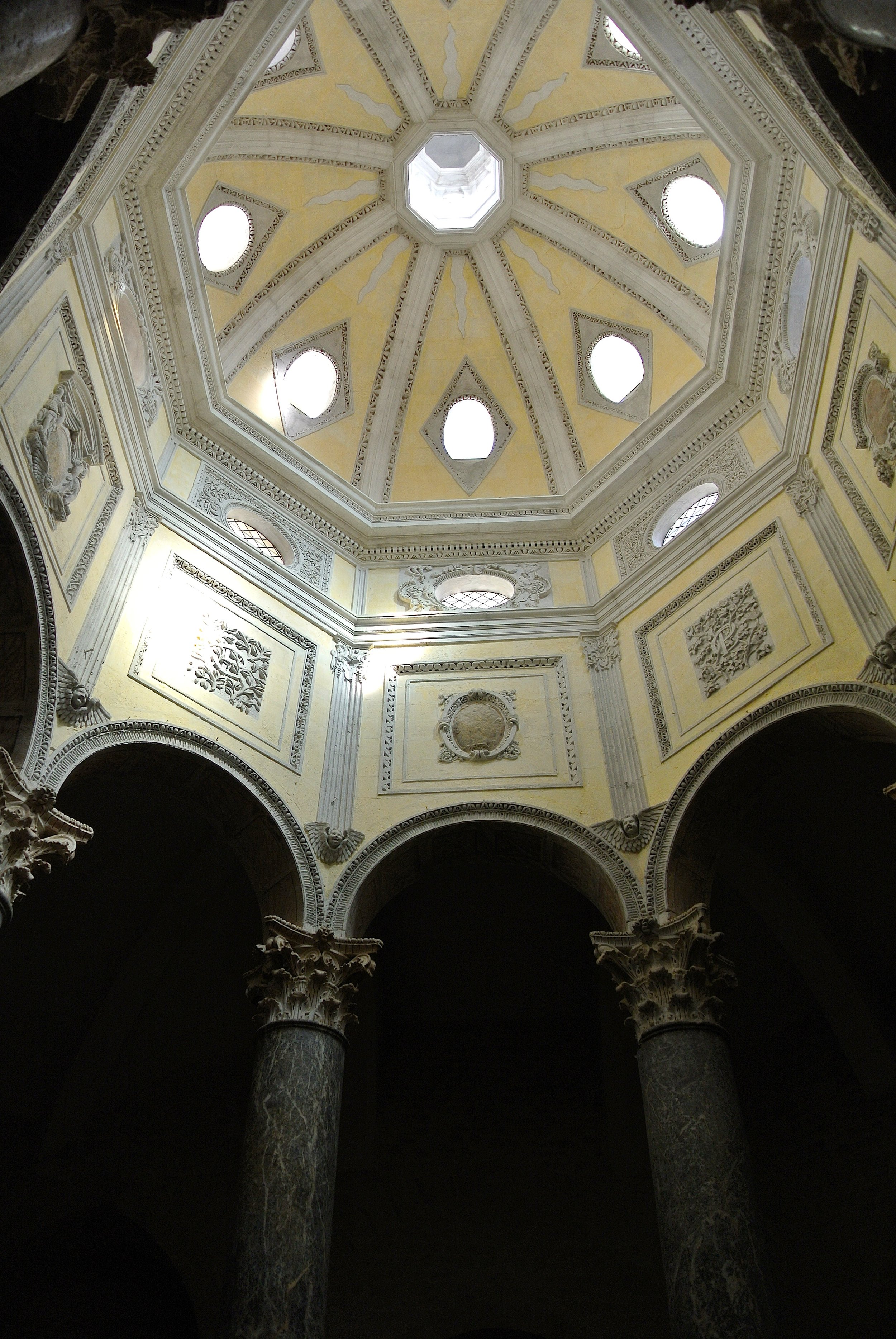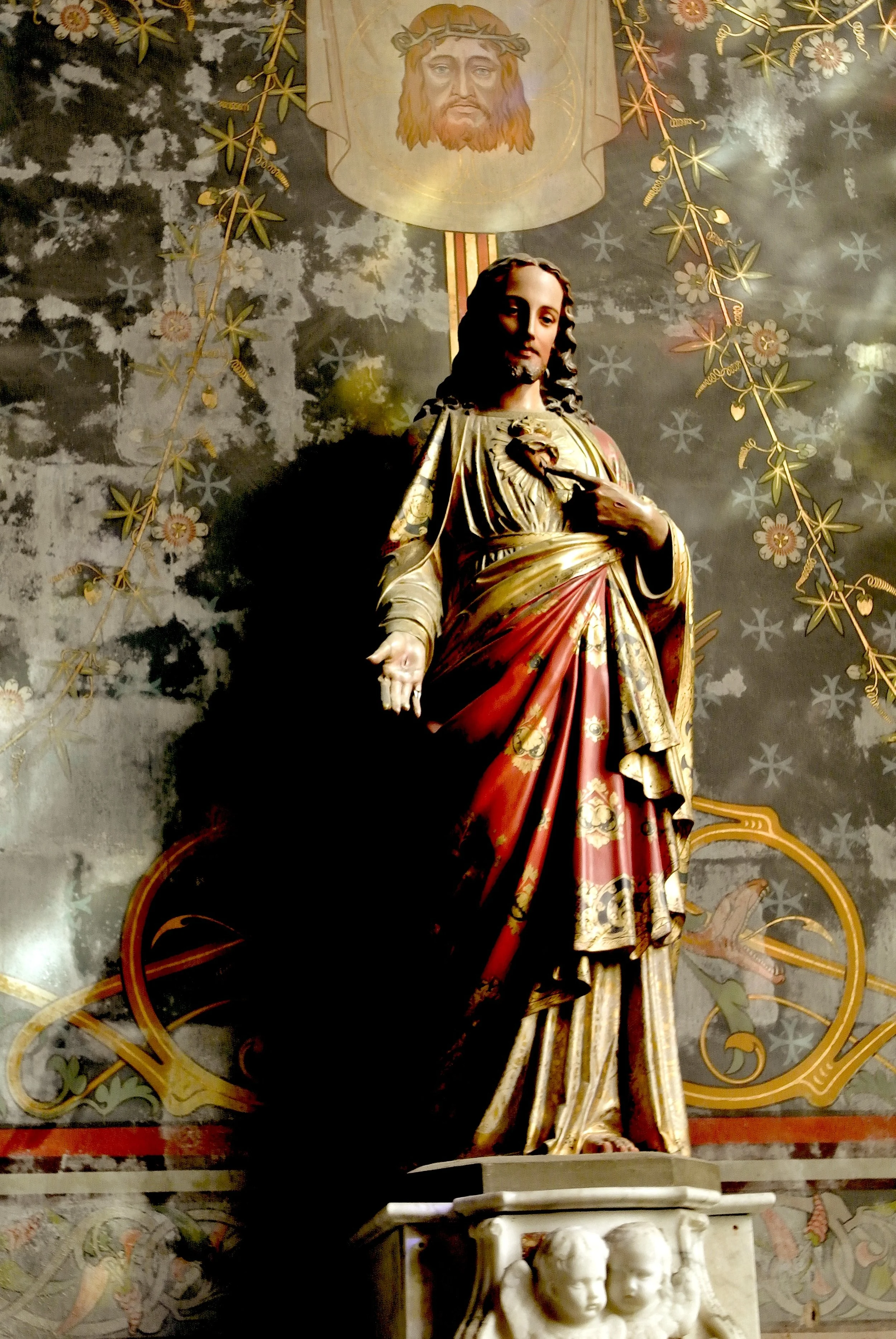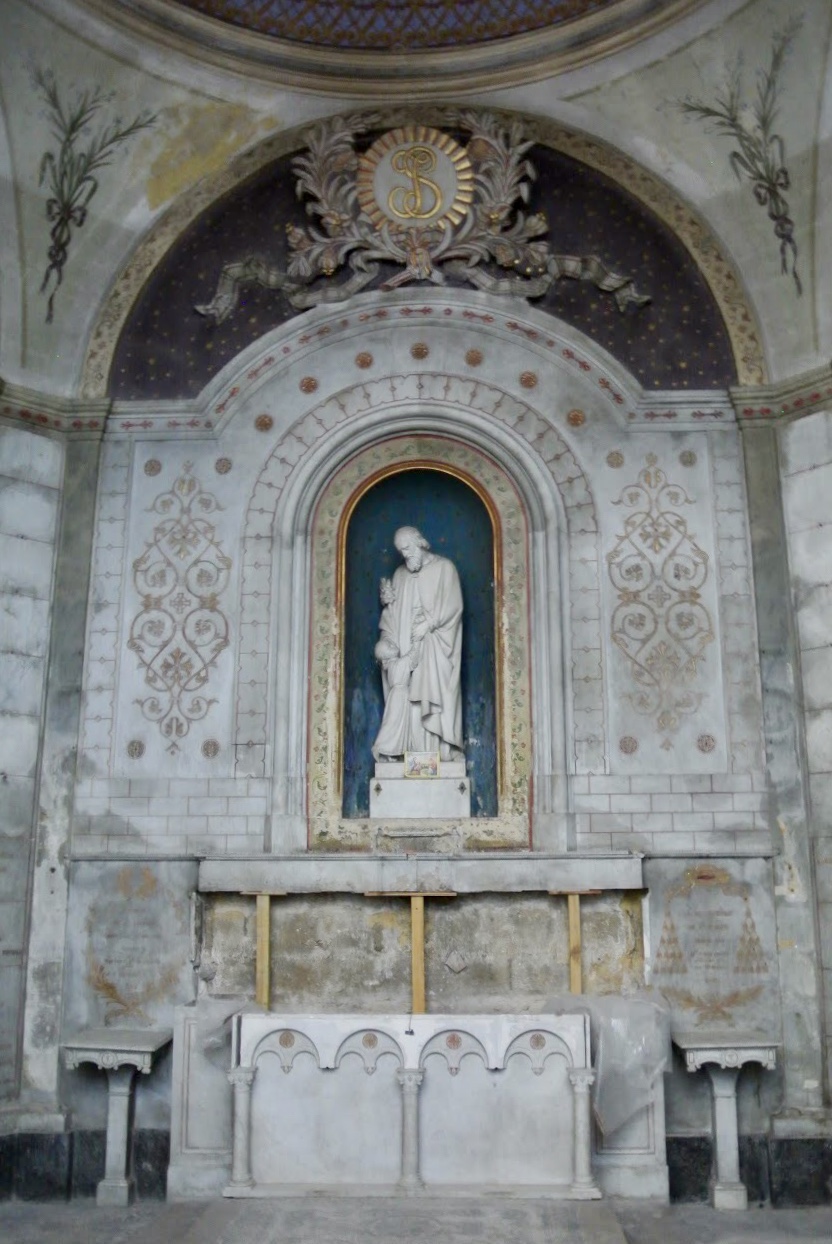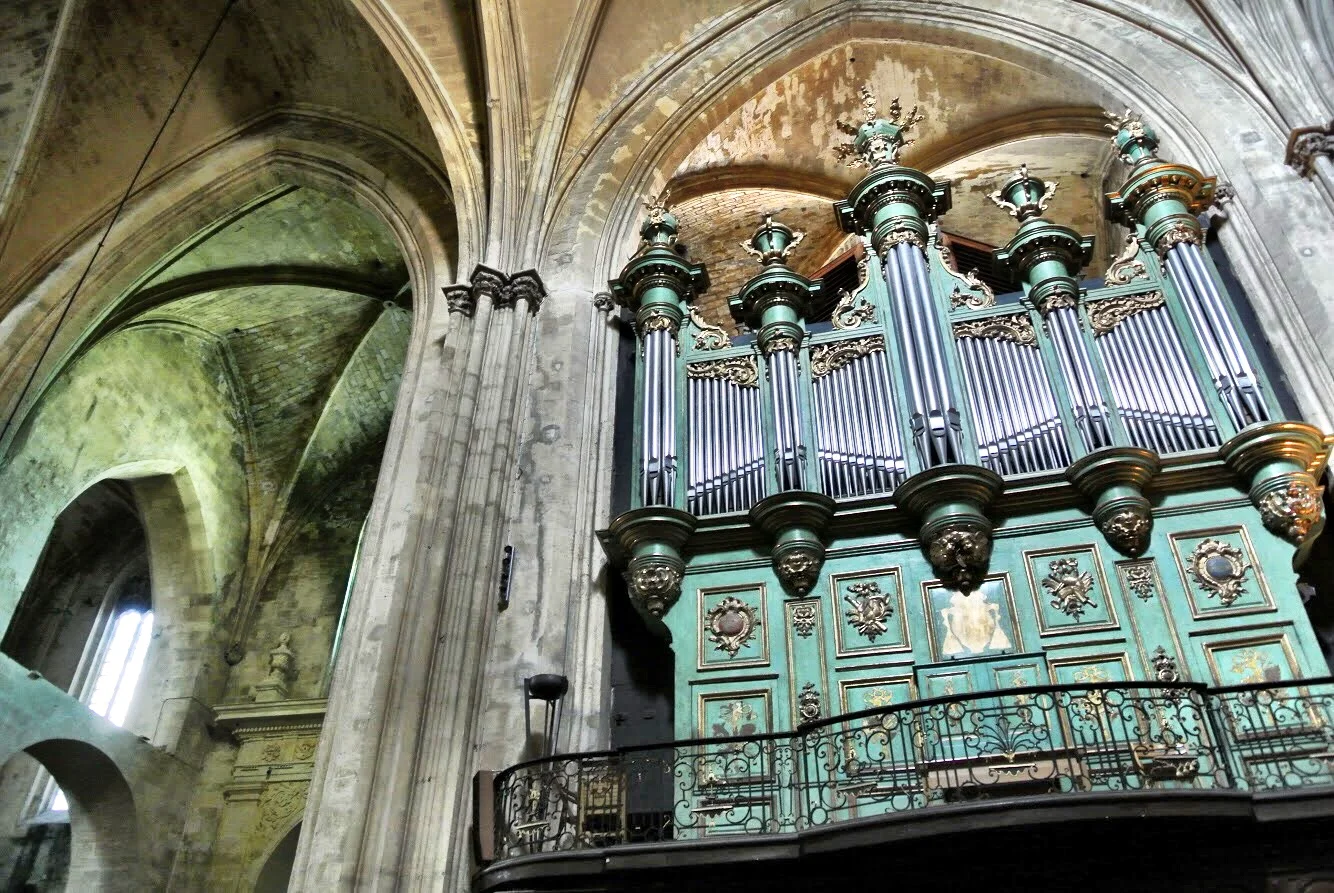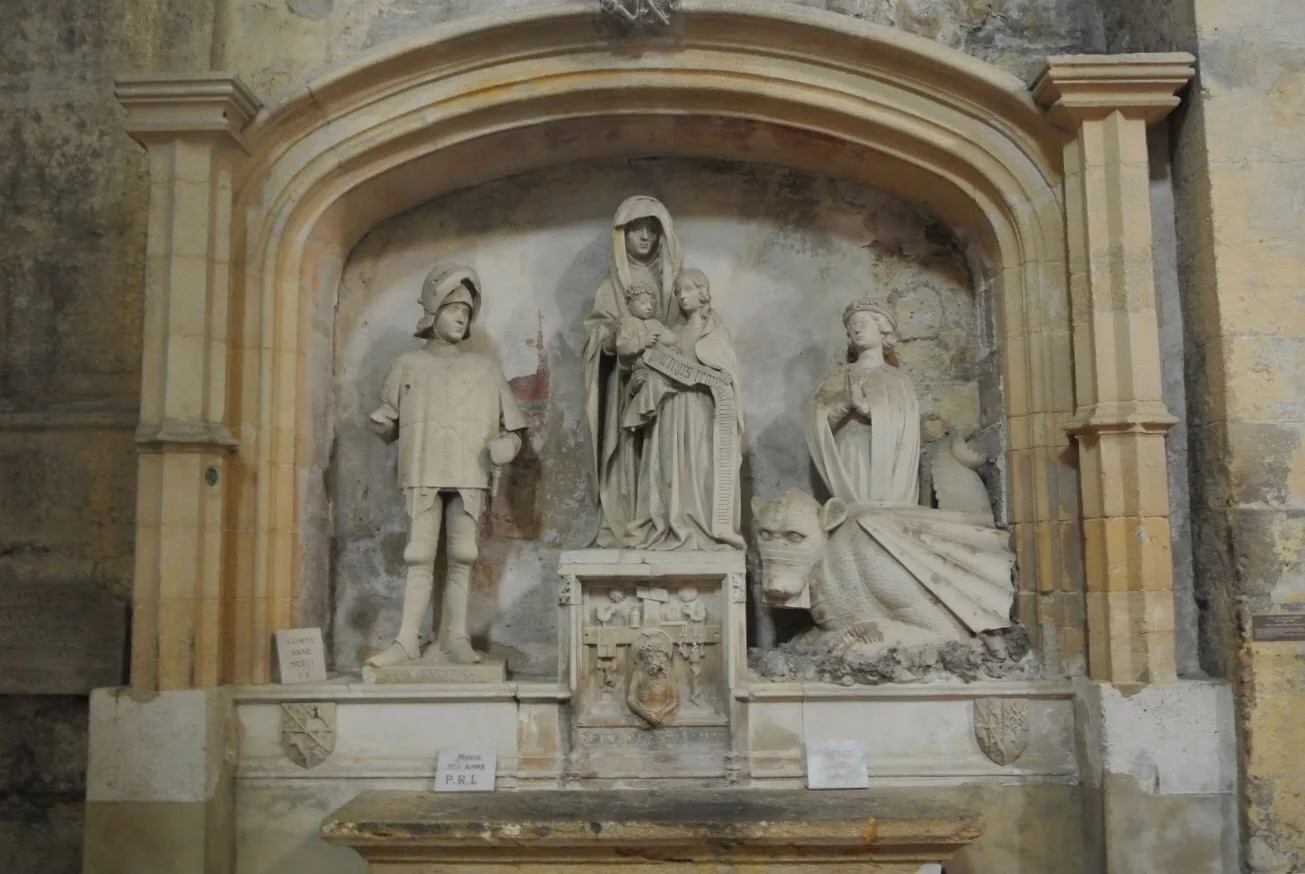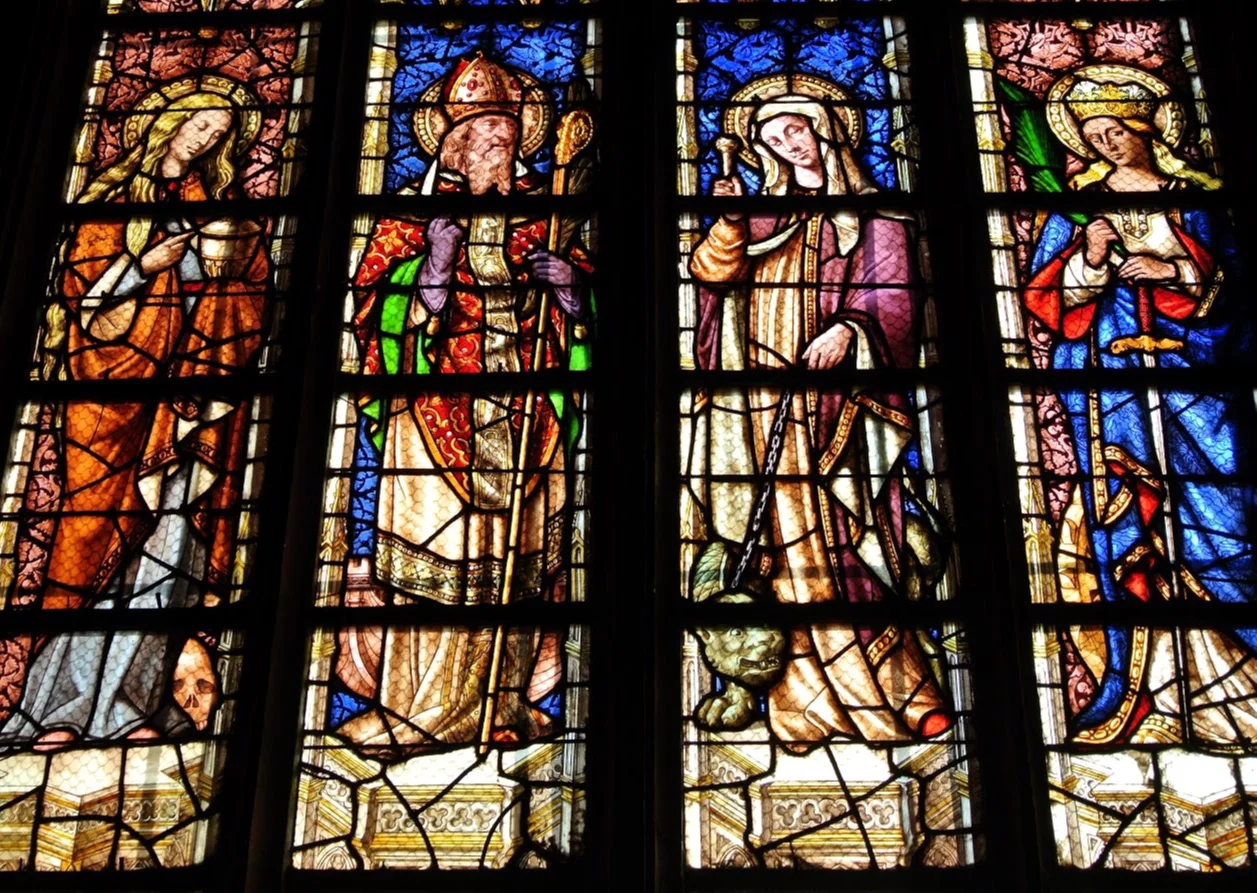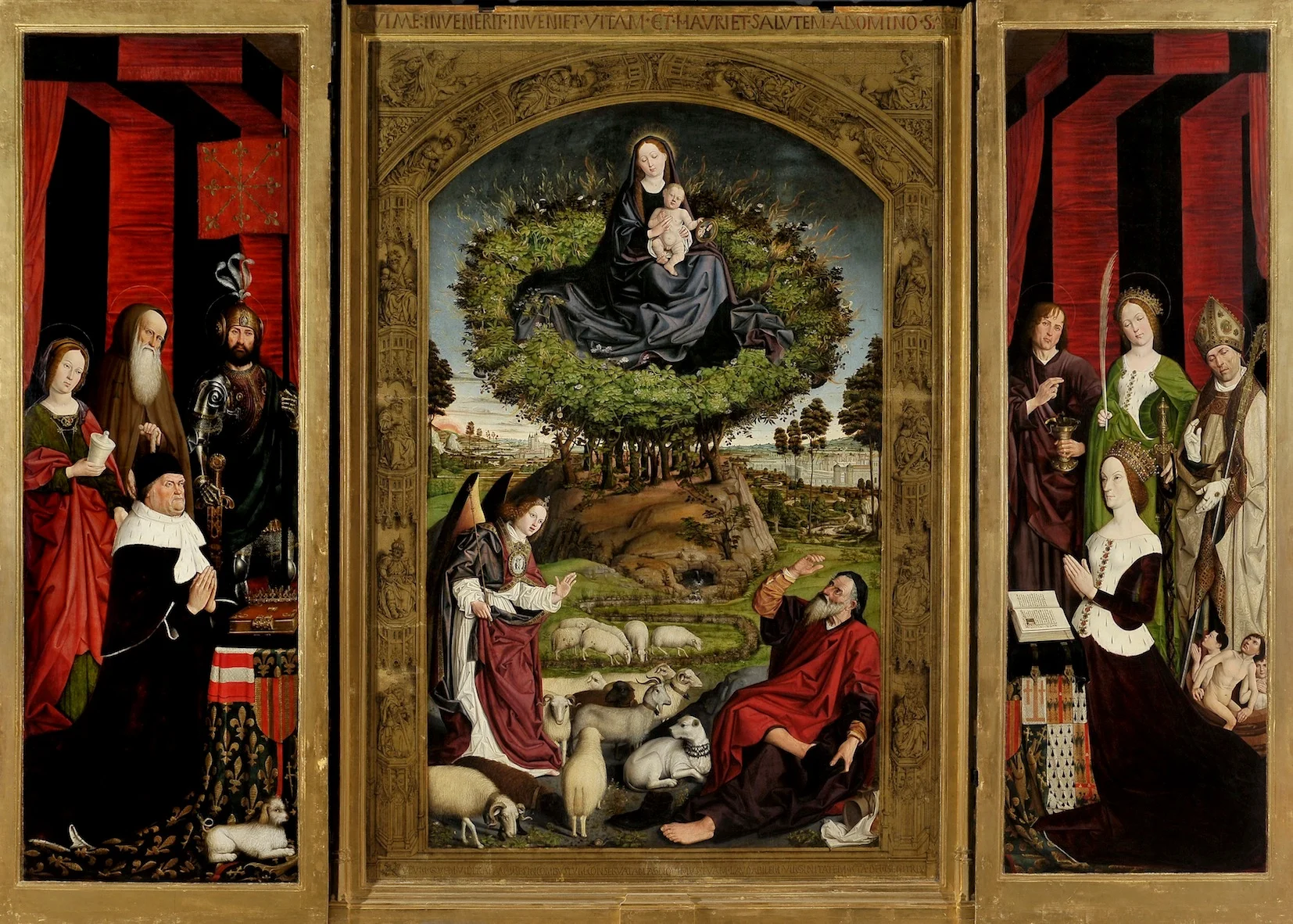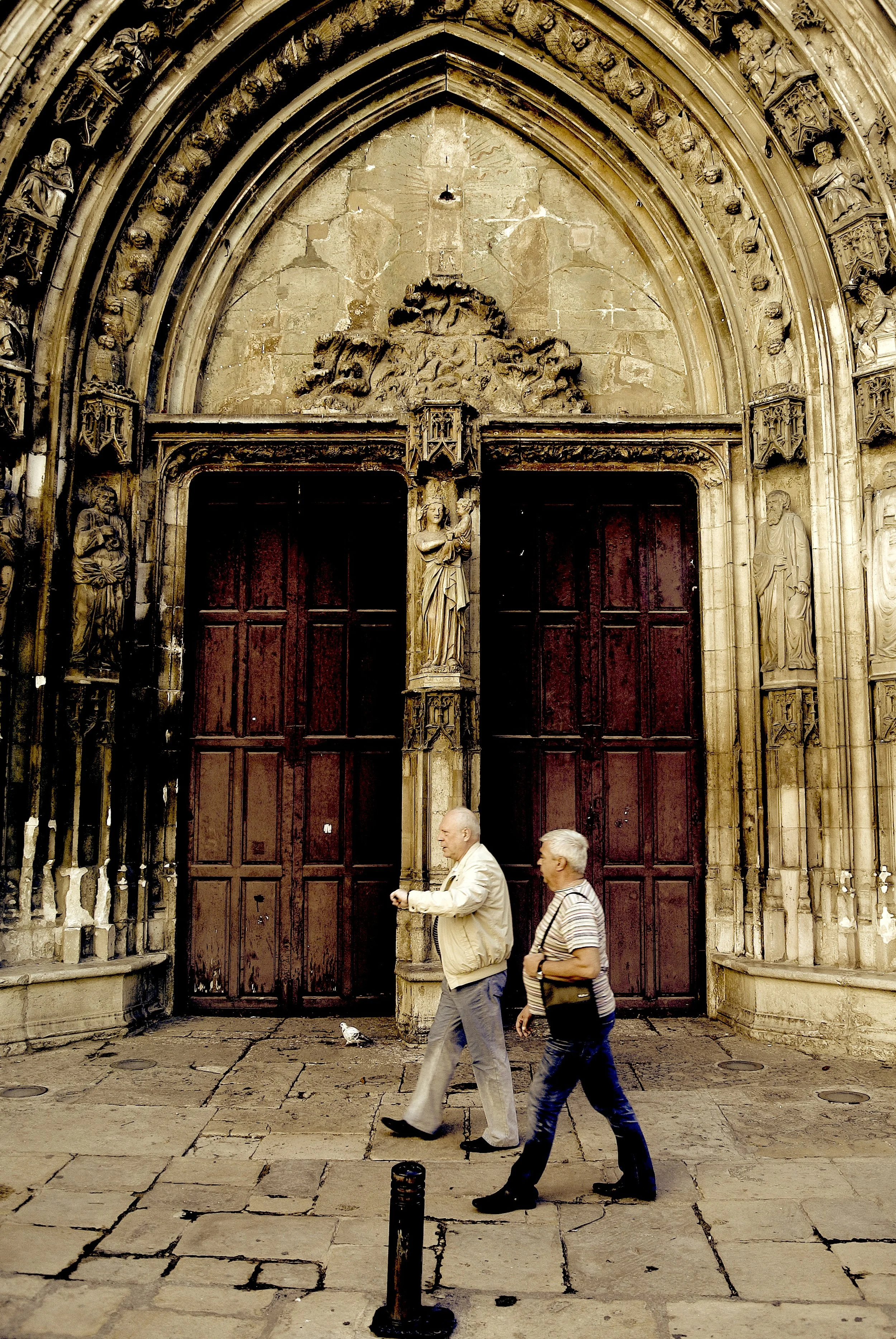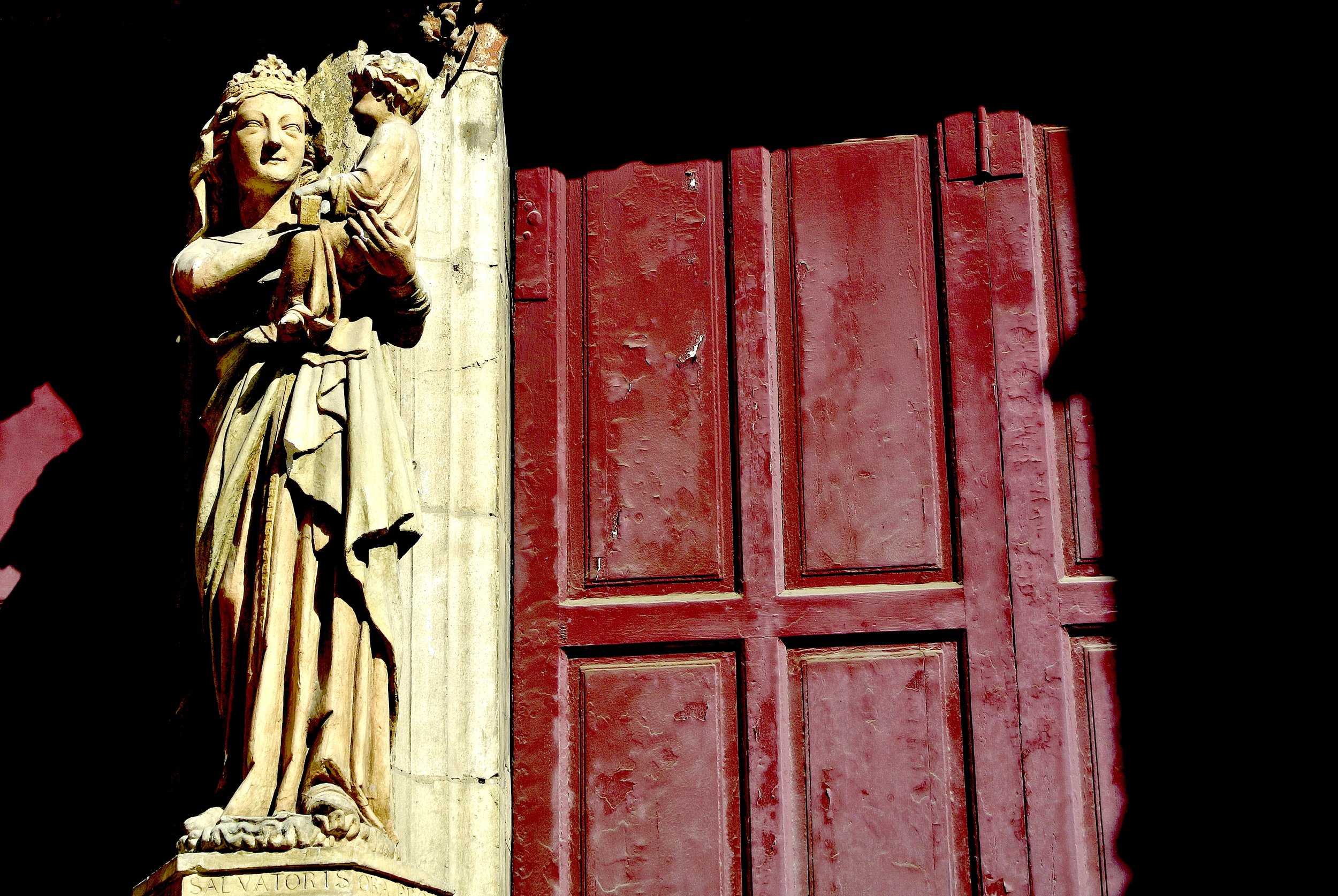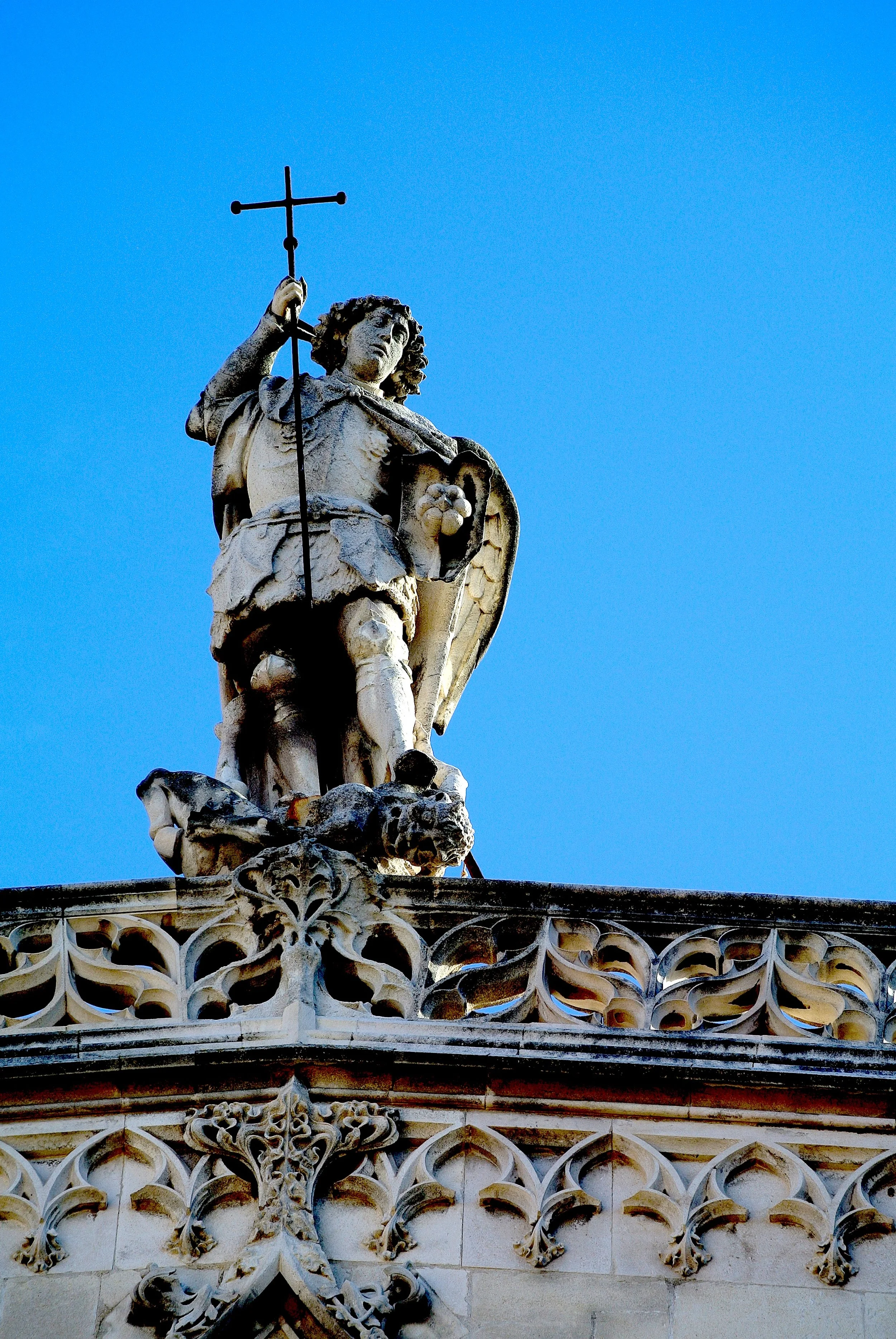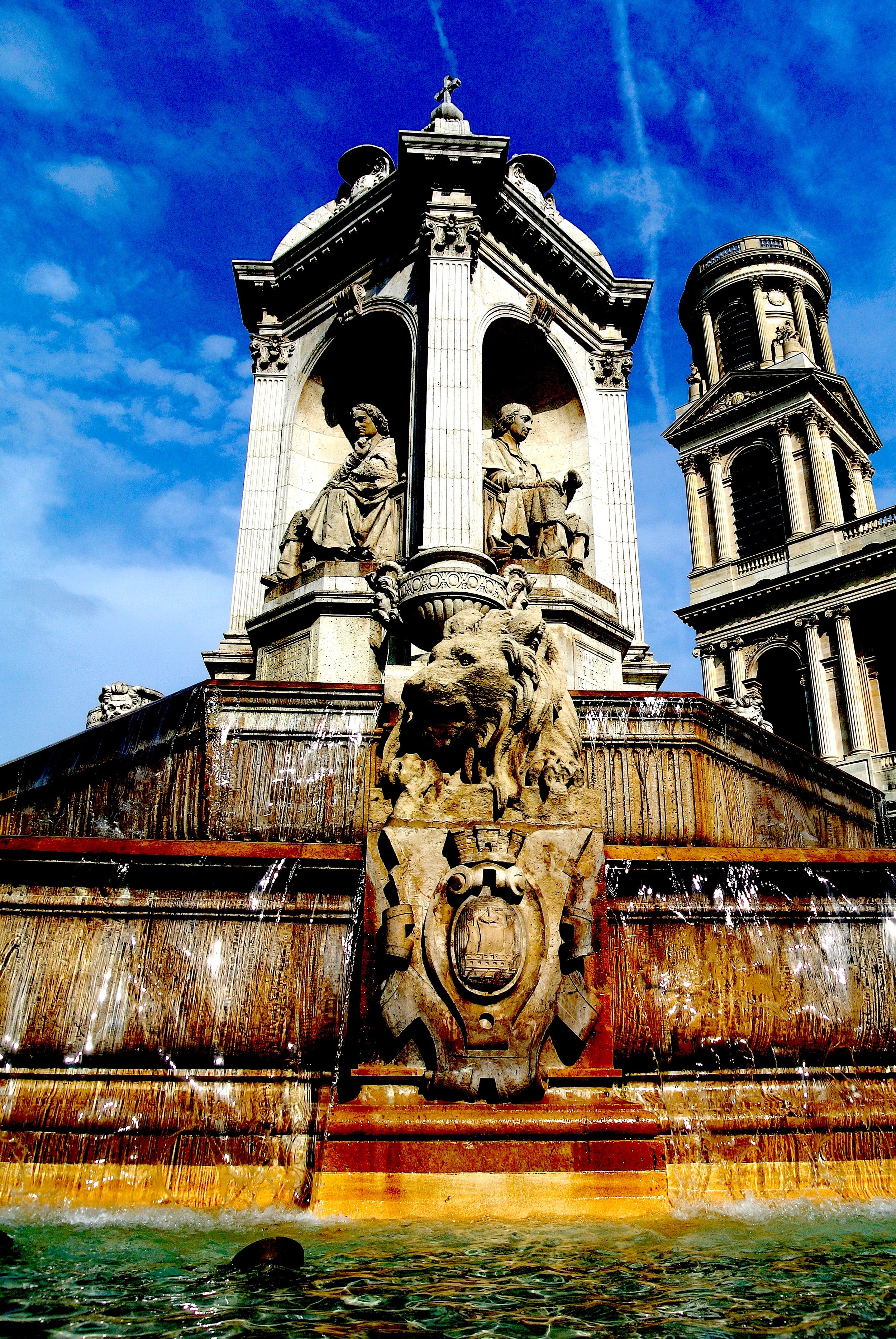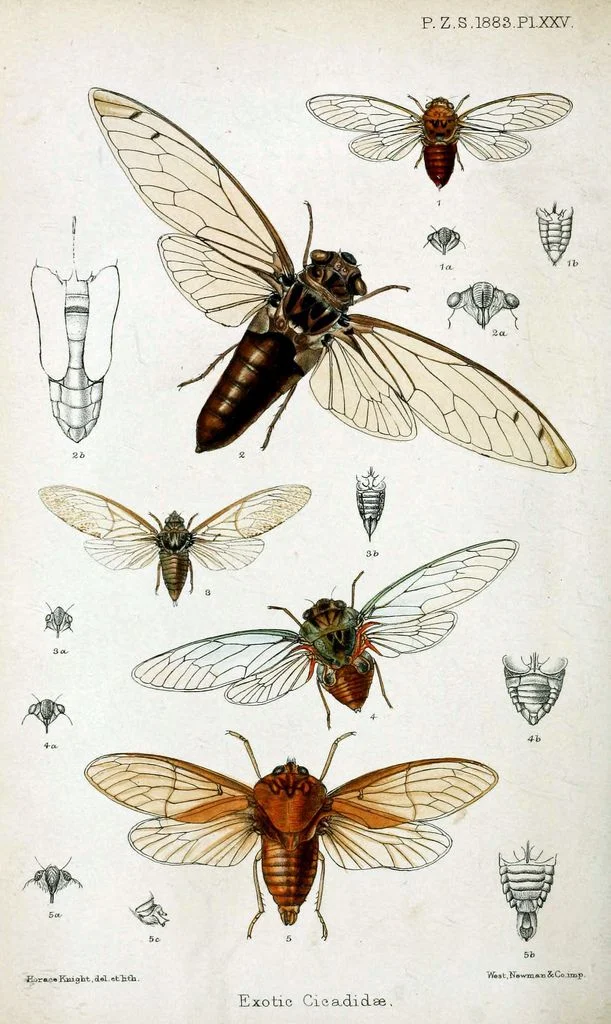Also known as chole, this Indian recipe will satisfy your craving for curry.
The delicious chana masala we had at a roadside restaurant while visiting the Ajanta Caves in India inspired us to hunt down a similar recipe
Wally and I can’t get enough of spicy food. Our favorite cuisines employ heat as part of their flavor profile, and neither of us can resist a good curry or salsa with a bit of a lingering heat. In fact, when we cook from a recipe, we always double the spice.
As temperatures drop, I find my mind wandering off to the memory of Wally and I eating the most delicious chana masala at a dhaba, a roadside restaurant, on our return from the Ajanta Caves in Maharashtra, India.
The nourishing, flavorful stew, made with chickpeas and diced tomatoes, is a simple, adaptable dish. It's begun like most curries, with garlic, ginger and onion, simmered in an aromatic mixture of traditional Indian spices like cumin, garam masala, coriander and turmeric.
An ingredient worth adding to your pantry, and what gives channa masala its sour citrus note is amchoor powder, a tart and earthy spice made from dried unripe green mangoes. You can order amchoor powder here, or substitute with a squeeze of lemon juice.
Top the chana masala with a dollop of cooling yogurt and serve with naan or basmati rice. Ours gets heat from serrano chiles, but if you’d prefer something less spicy, simply omit one of the peppers.
Yield: 6 to 8 servings
Active Time: 1½ to 2 hours
Total Time: 8 to 12 hours for soaking the garbanzo beans
Chickpeas and aromatic spices are at the heart of this chana masala recipe
Minced peppers, onions and ginger add to the flavor profile
Ingredients
- 16 ounces garbanzo beans (chickpeas)
- salt
- ⅓ cup peanut oil
- 1 tablespoon ground cumin
- 1 large yellow onion, chopped
- 1½ teaspoons ground turmeric
- 2 fresh serrano peppers, minced
- 8 garlic cloves, minced
- 1 3-inch piece of ginger, peeled and roughly chopped
- 14.5 ounces diced tomatoes, juices reserved
- 2 tablespoons ground chana masala spice blend
- 1 tablespoon ground garam masala
- 1 tablespoon ground cumin
- ½ teaspoon cinnamon
- 2 teaspoons sugar
- juice of 1 lemon
- ¾ teaspoon amchoor (dried mango) powder
- cooked basmati rice for serving (optional)
- chopped cilantro for garnish (optional)
We like to rehydrate garbanzo beans, but if you have less time, canned chickpeas will work as well
Preparation
Put the chickpeas in a large pot and add enough water to cover them by 3 to 4 inches. Soak the beans 8 hours or overnight.
Drain the chickpeas in a colander and rinse well under cold water. Add them to a large pot, cover the beans with several inches of water and bring to a boil.
Reduce the heat to medium-high and cook until the chickpeas are tender, 1 to 1½ hours. When the chickpeas are mostly tender, add a few large pinches of salt to the pot. Drain well, rinse with cold water to stop cooking and transfer to a bowl.
Purée the ginger and garlic in a food processor until it forms a paste.
Heat oil in a large pot over medium-high heat. When it’s hot, add the onions and season with salt, stirring occasionally, until they begin to soften, 3 to 5 minutes.
Add the turmeric and diced serrano peppers and continue cooking until the onions are caramelized, about 5 to 7 minutes.
Add the garlic and ginger paste, stirring occasionally, for another 2 minutes.
Add the chickpeas, tomatoes, chana masala spice mixture, garam masala, cumin and sugar. Cover and simmer over medium heat until the chickpeas are tender and the mixture has thickened slightly, about 30 minutes. Stir in the amchoor powder and lemon juice.
Serve hot, over basmati rice or with naan, and garnish with cilantro, if desired. –Duke
















